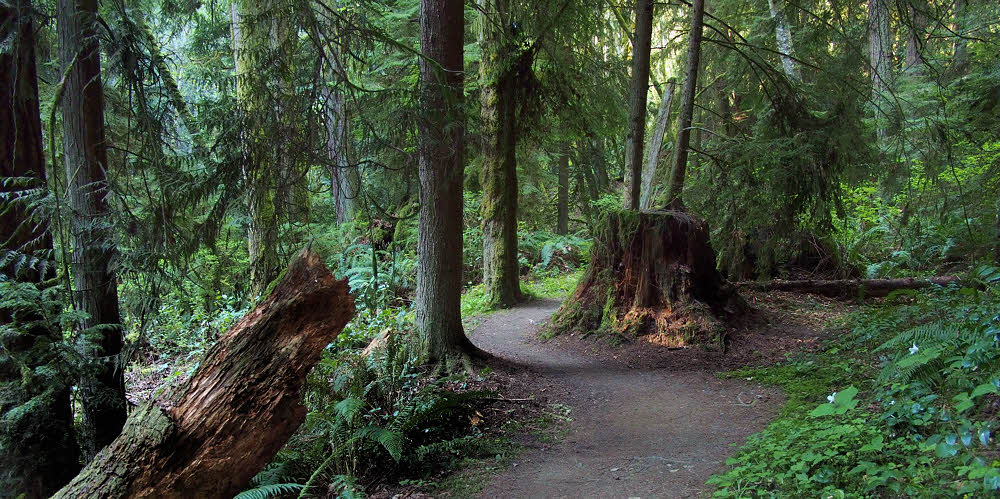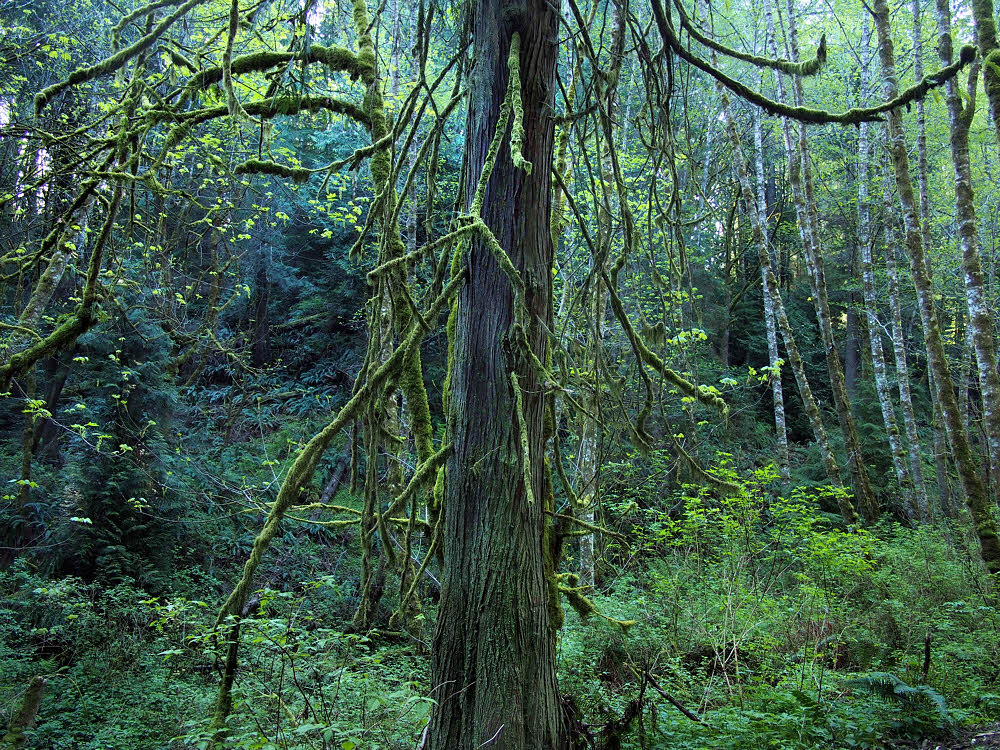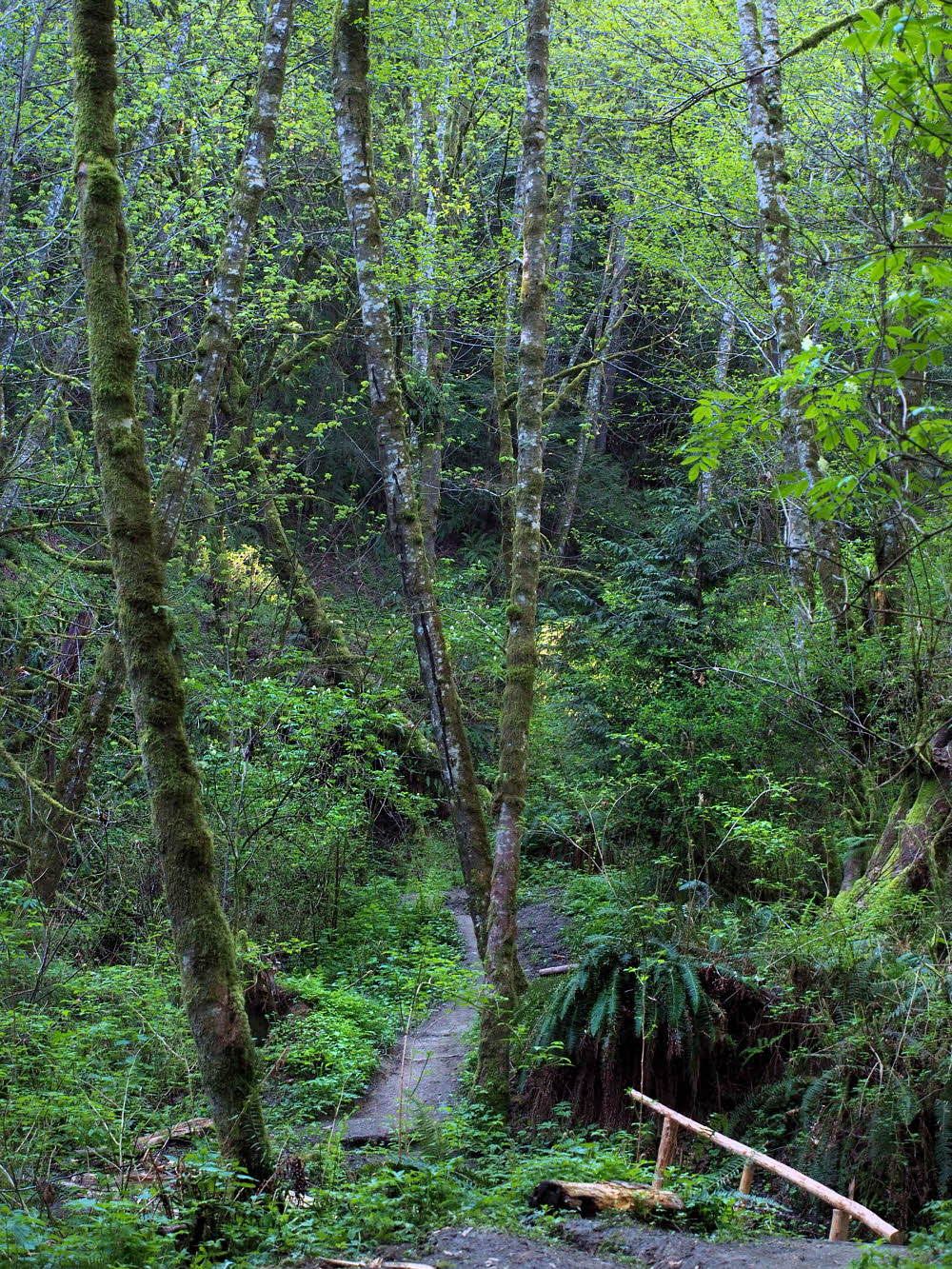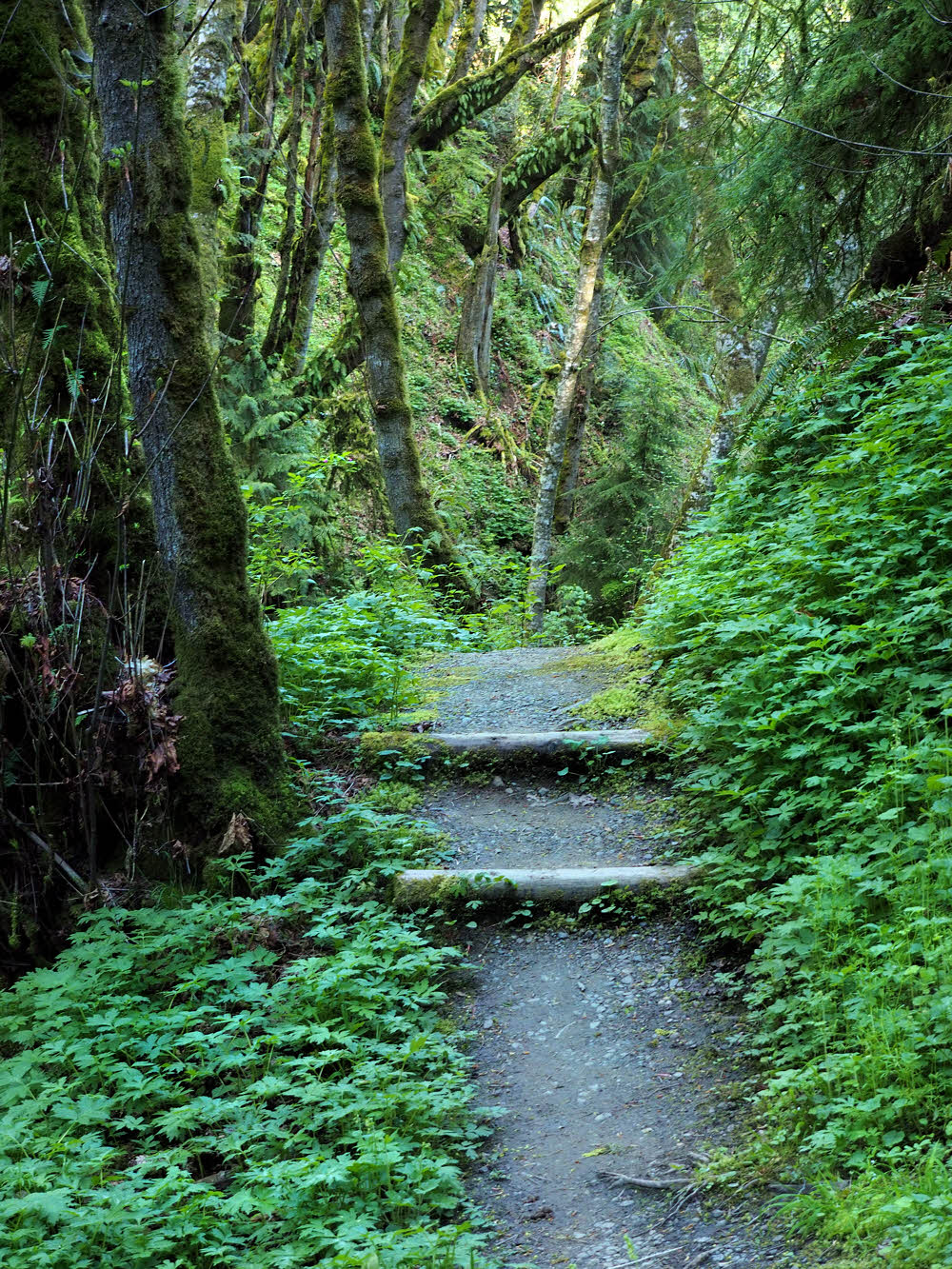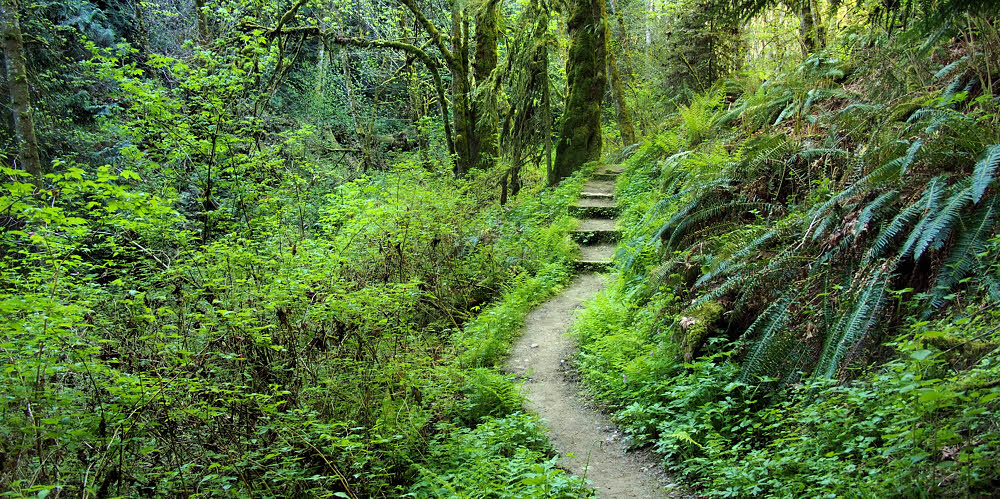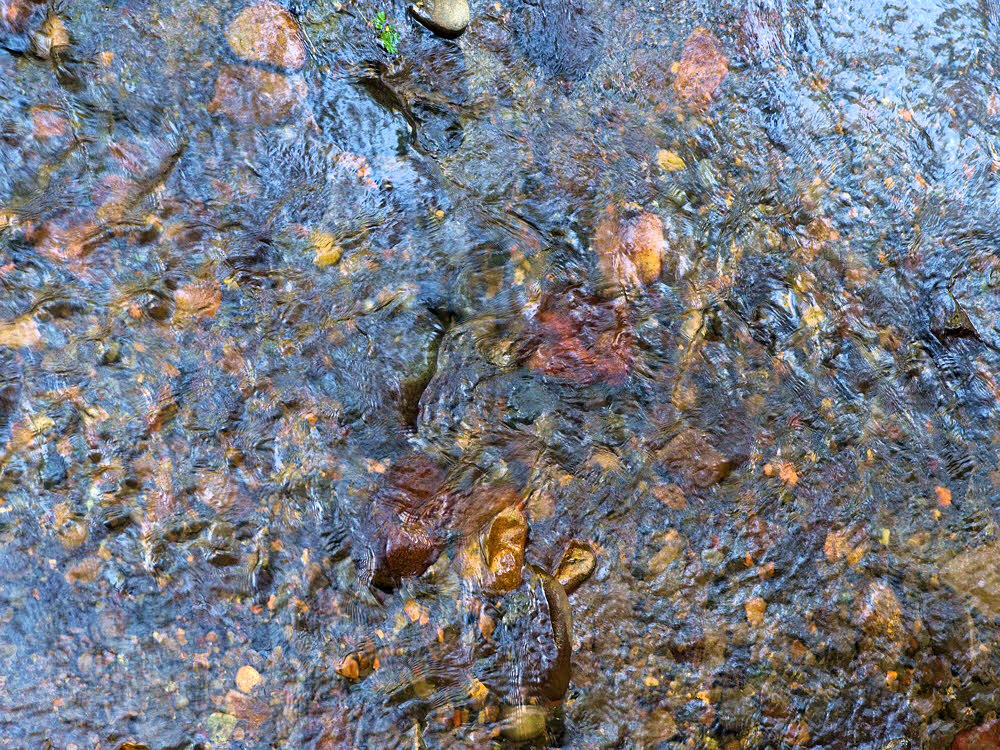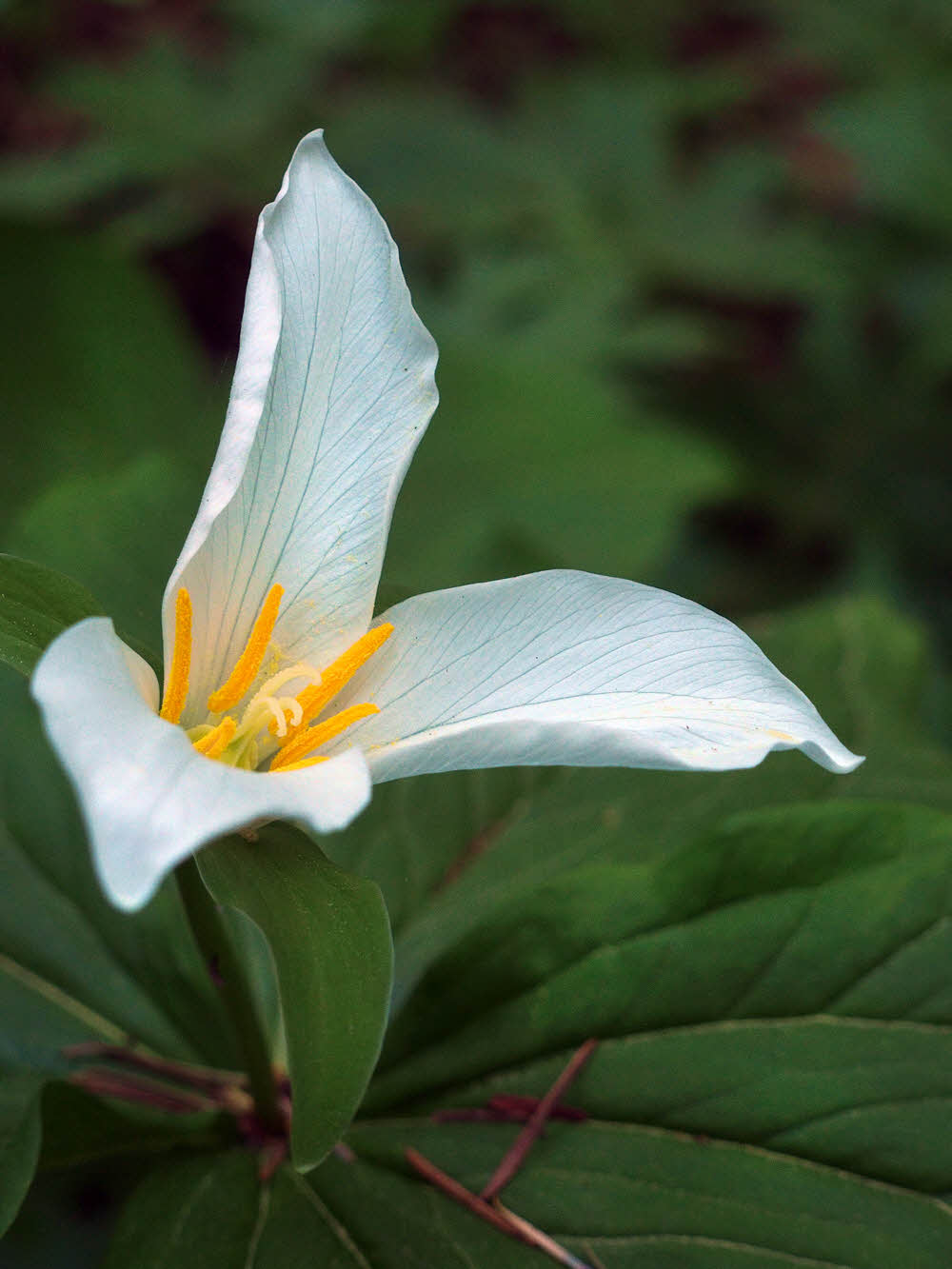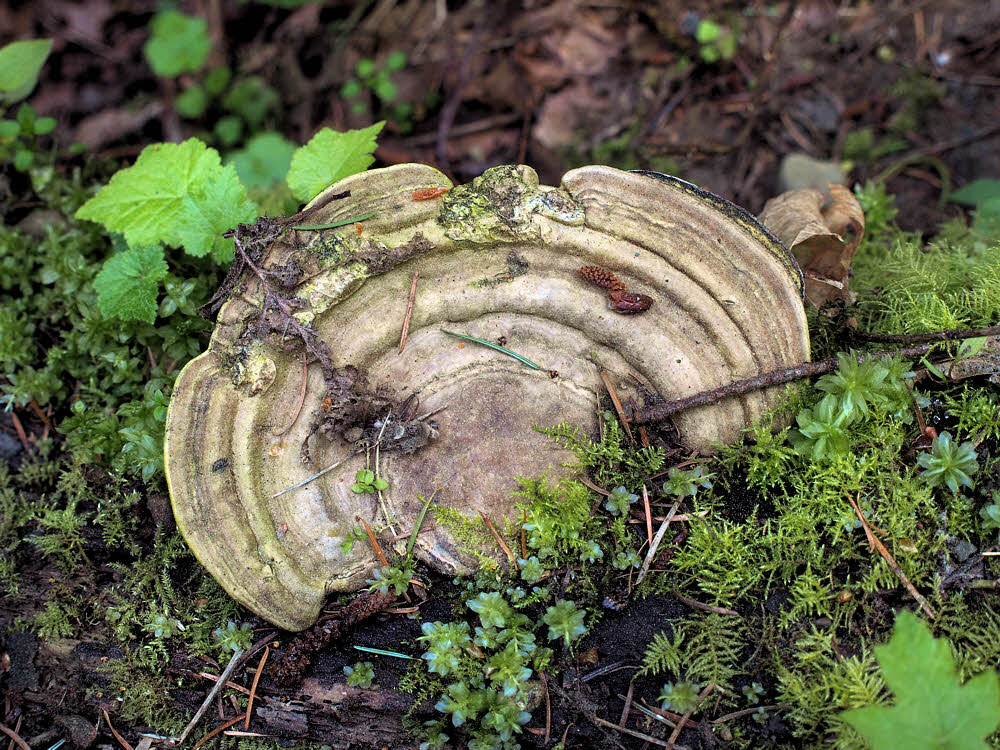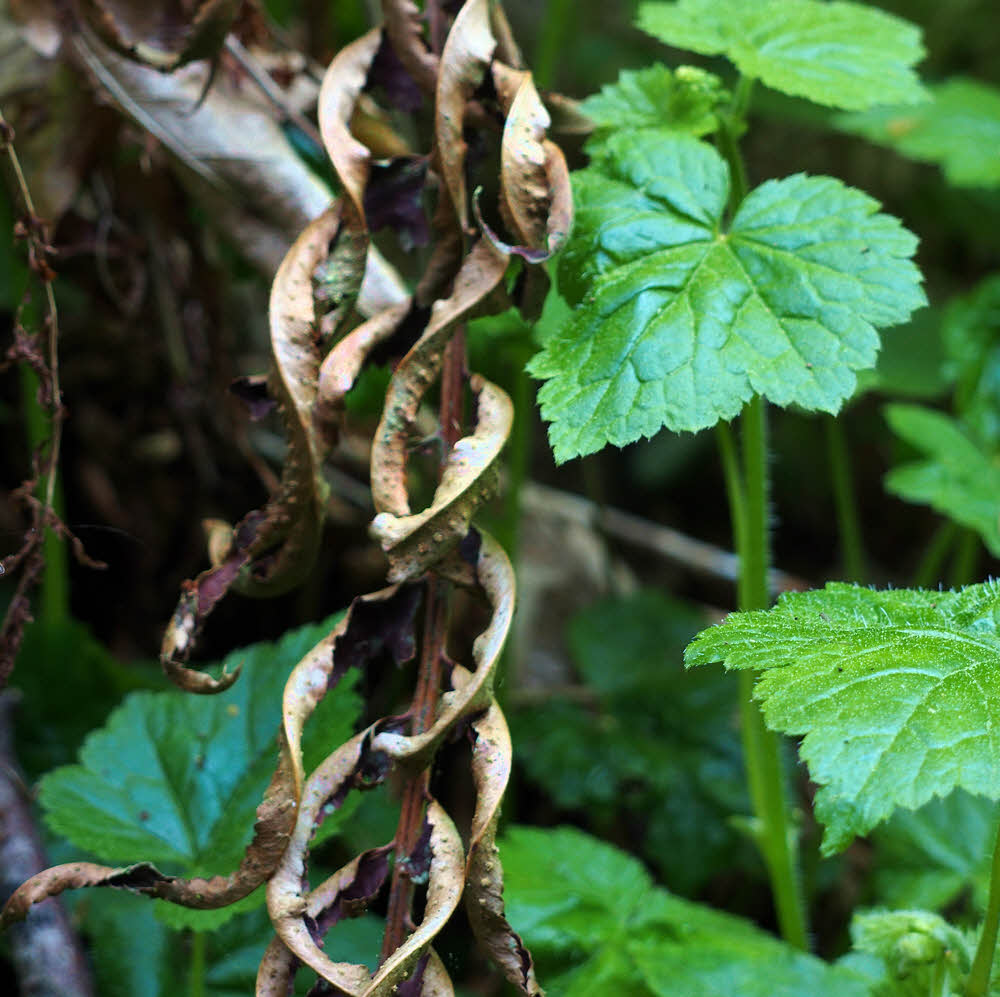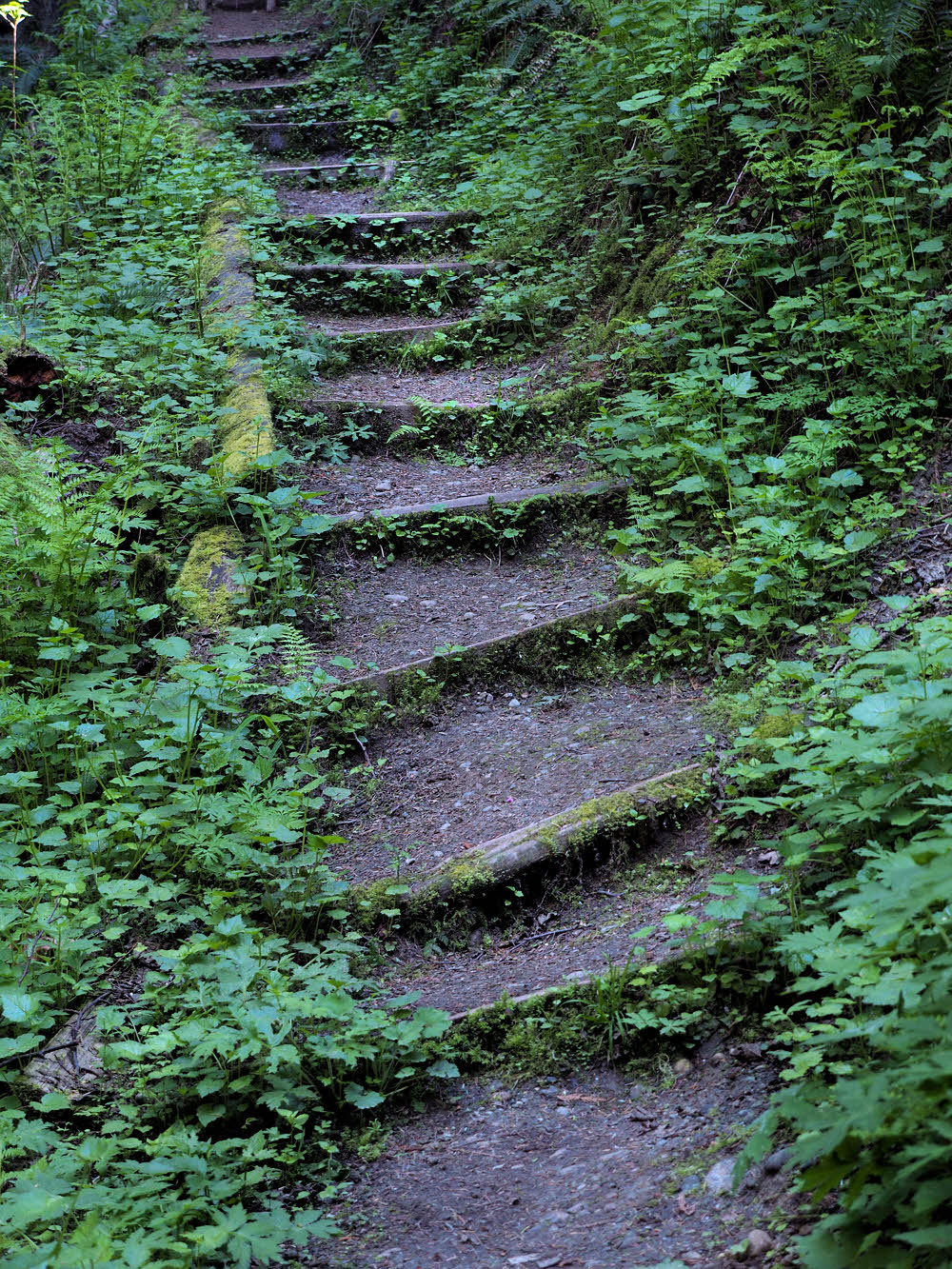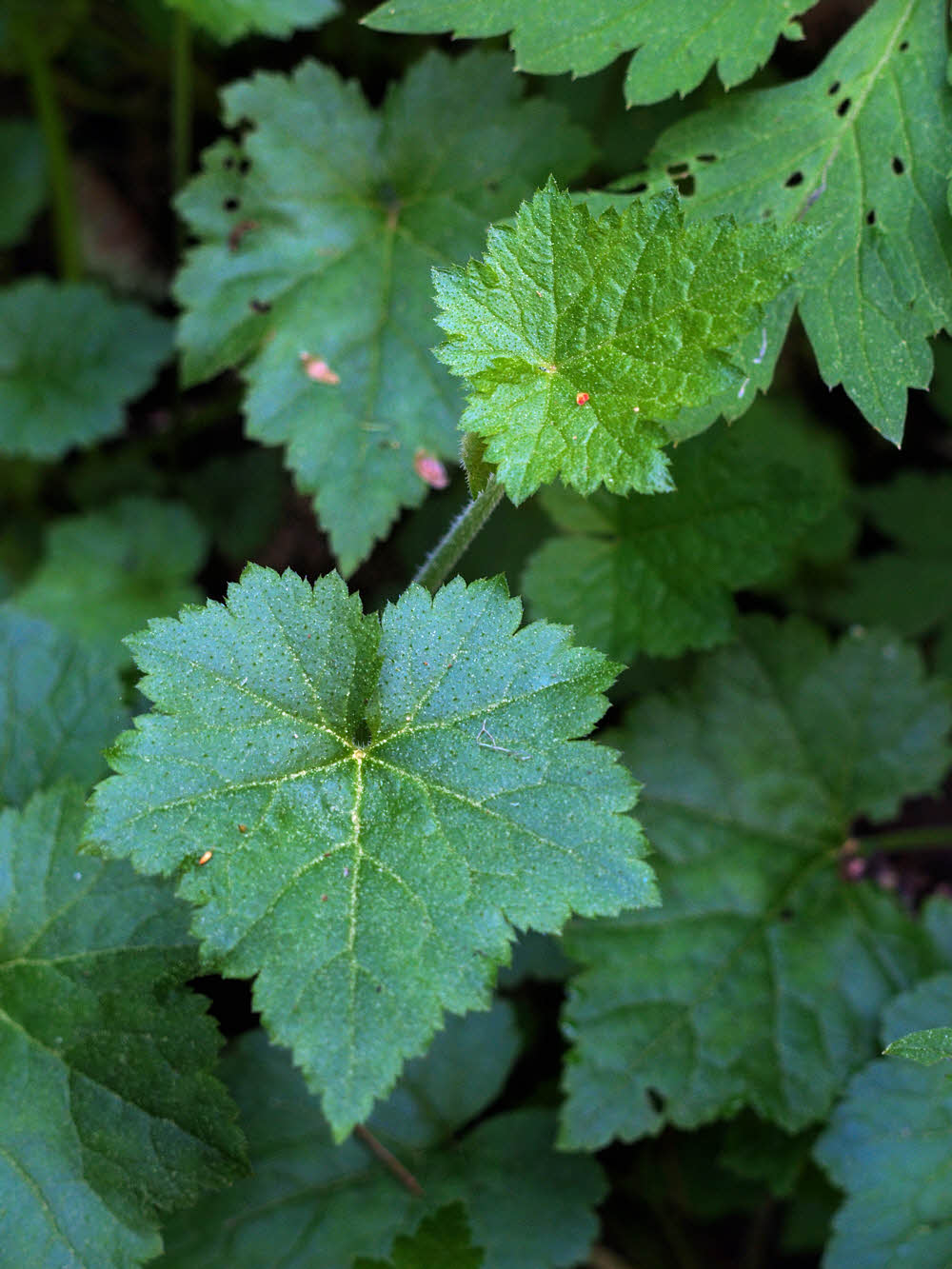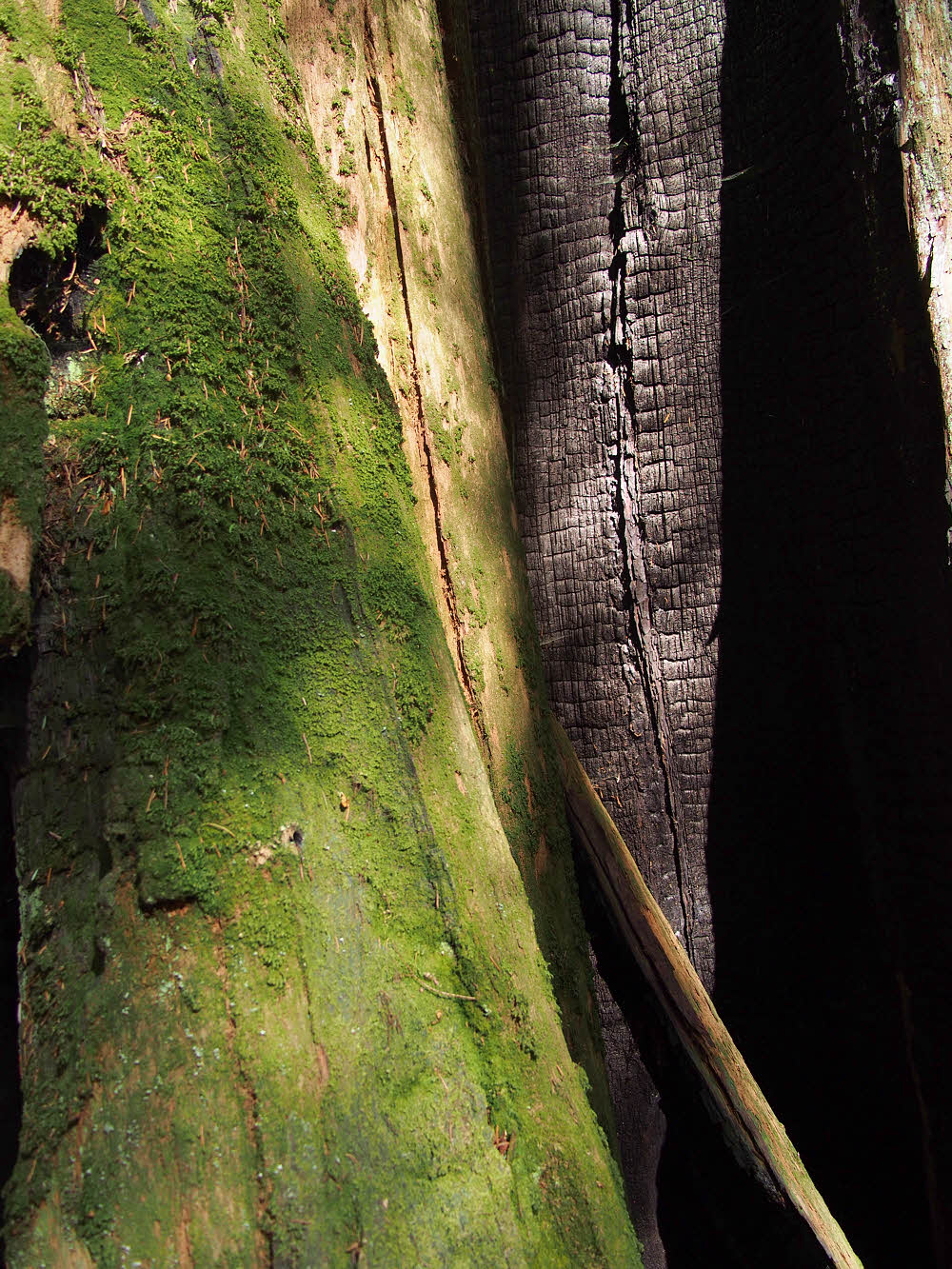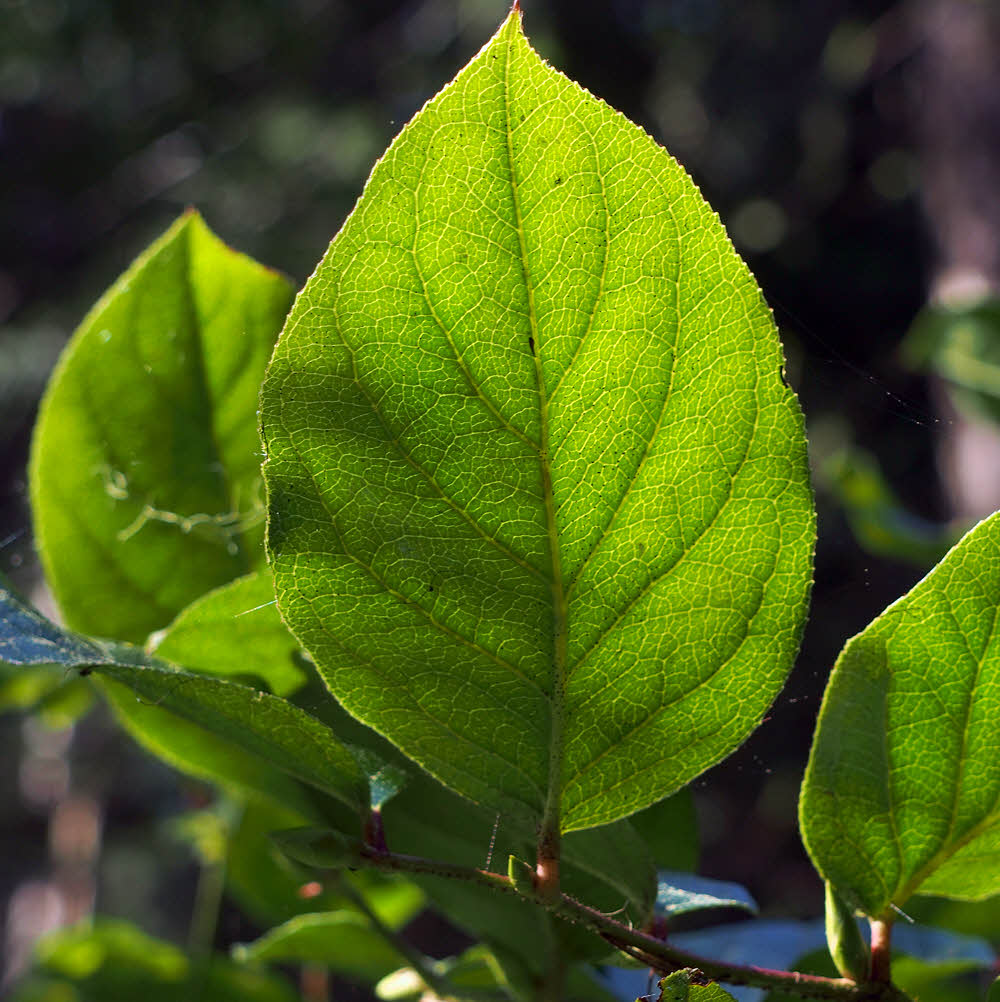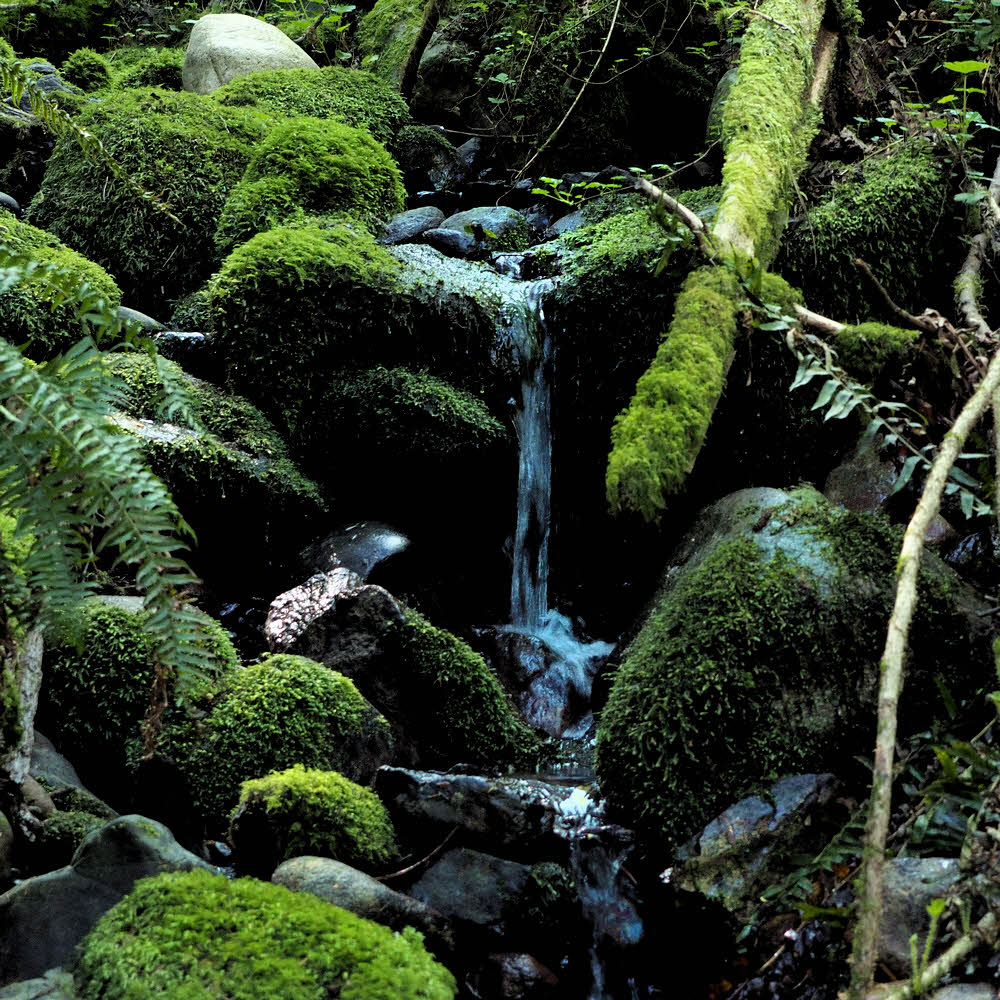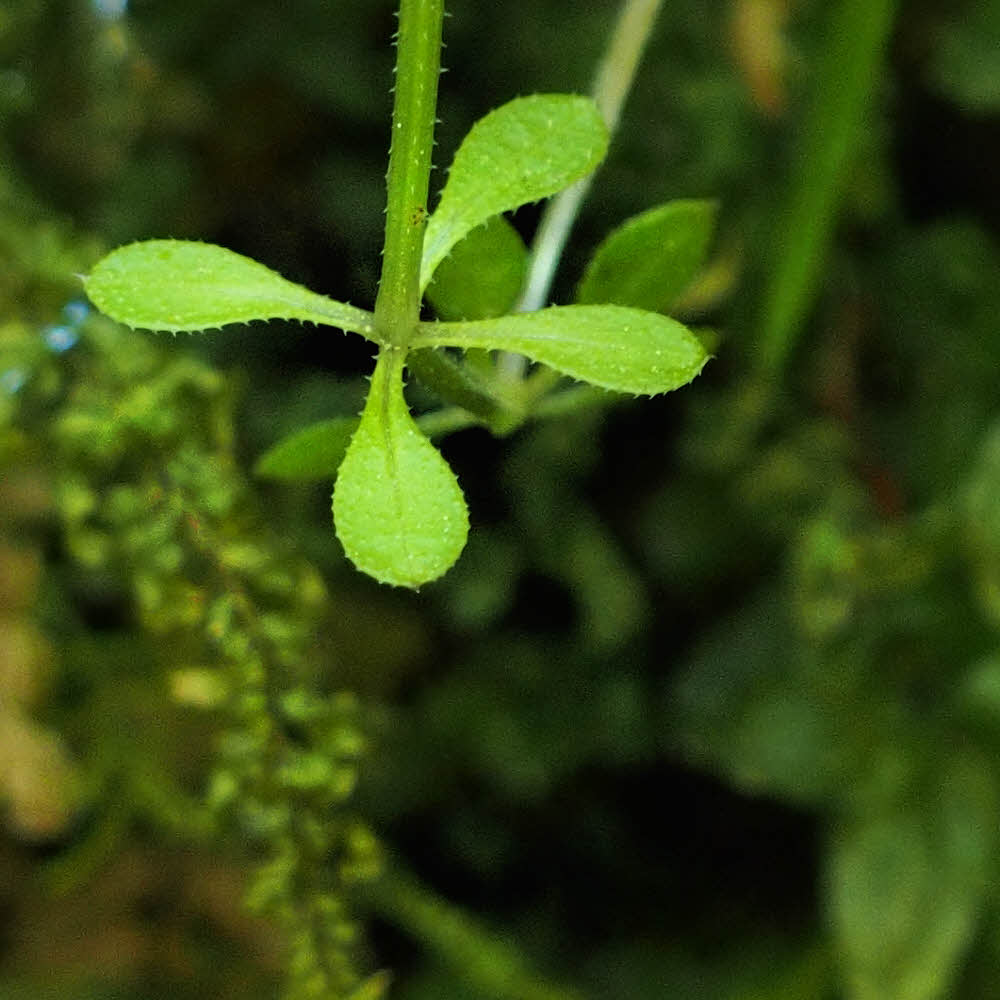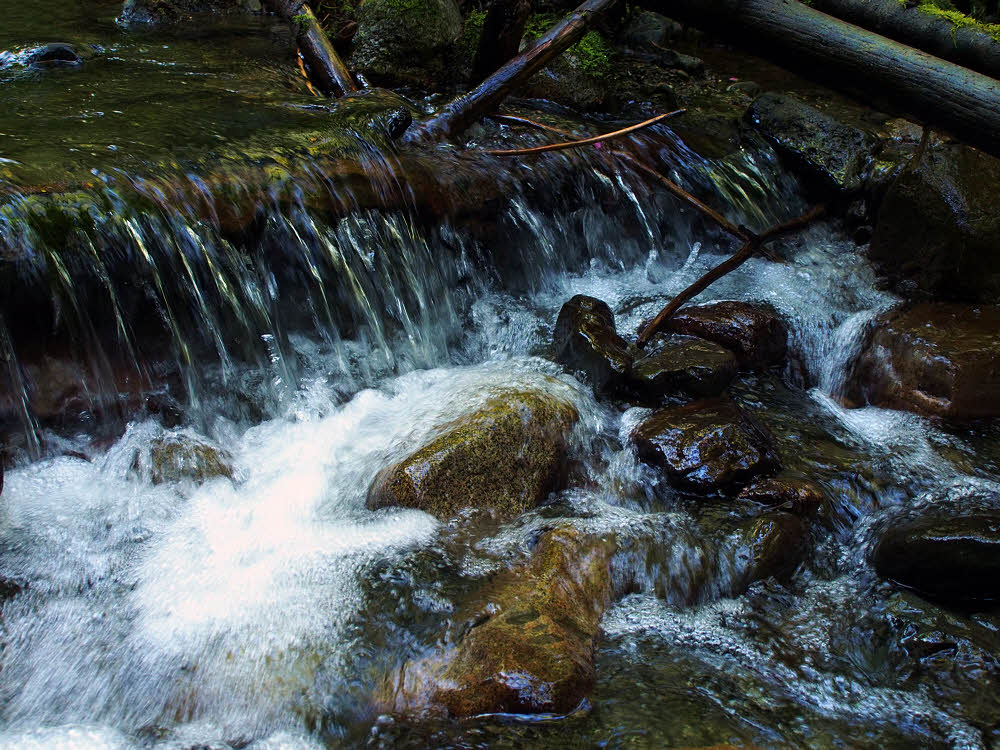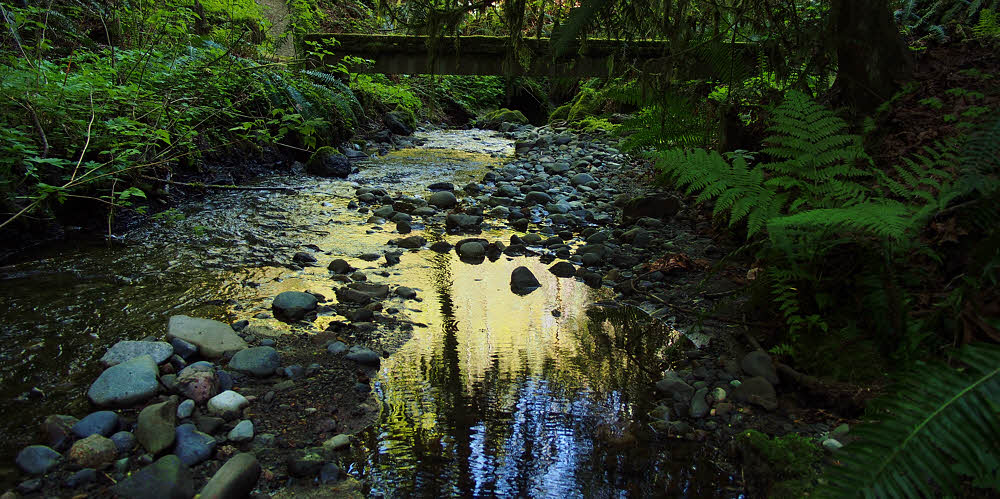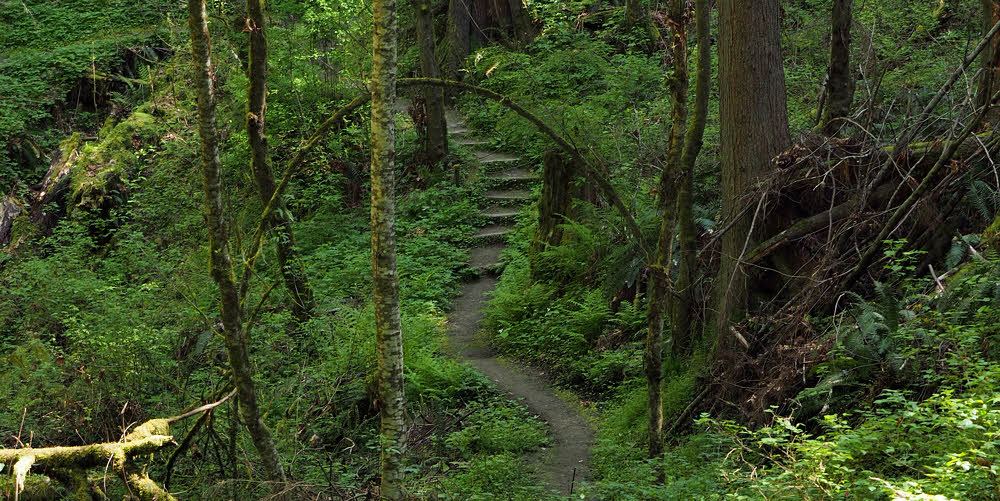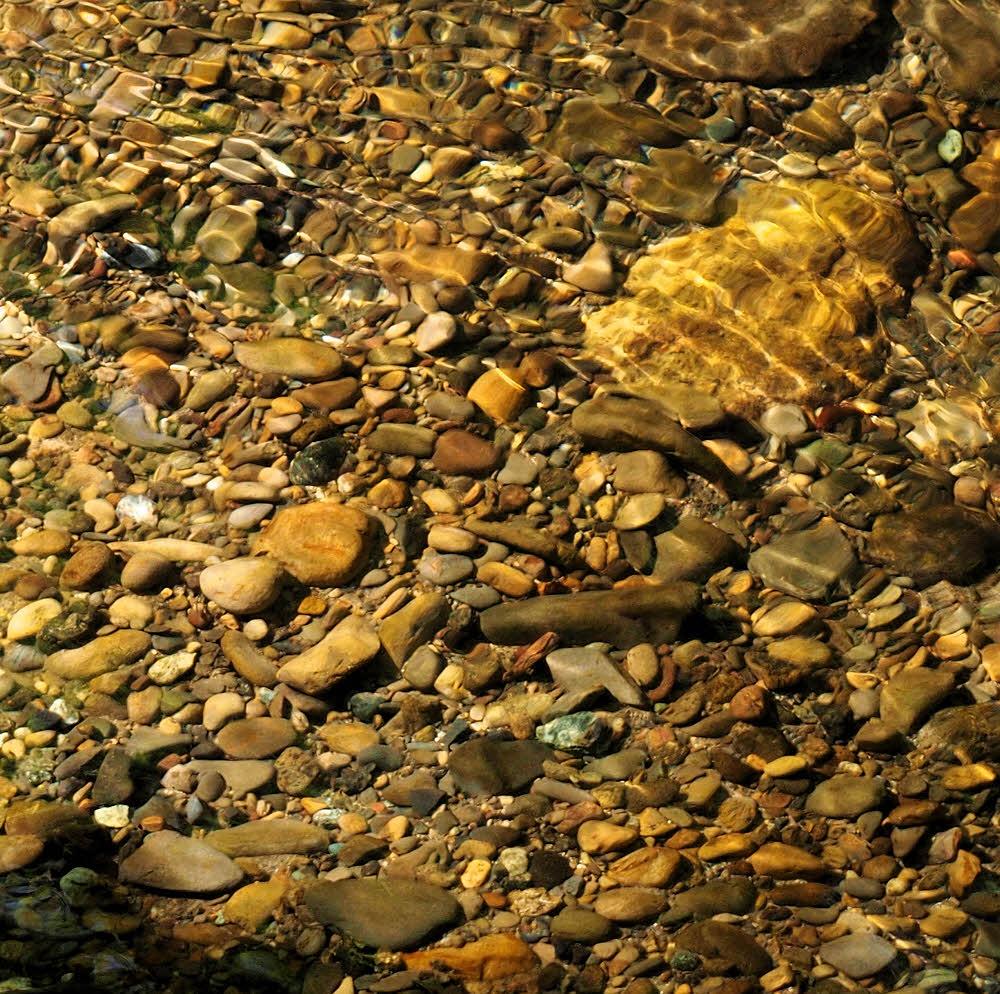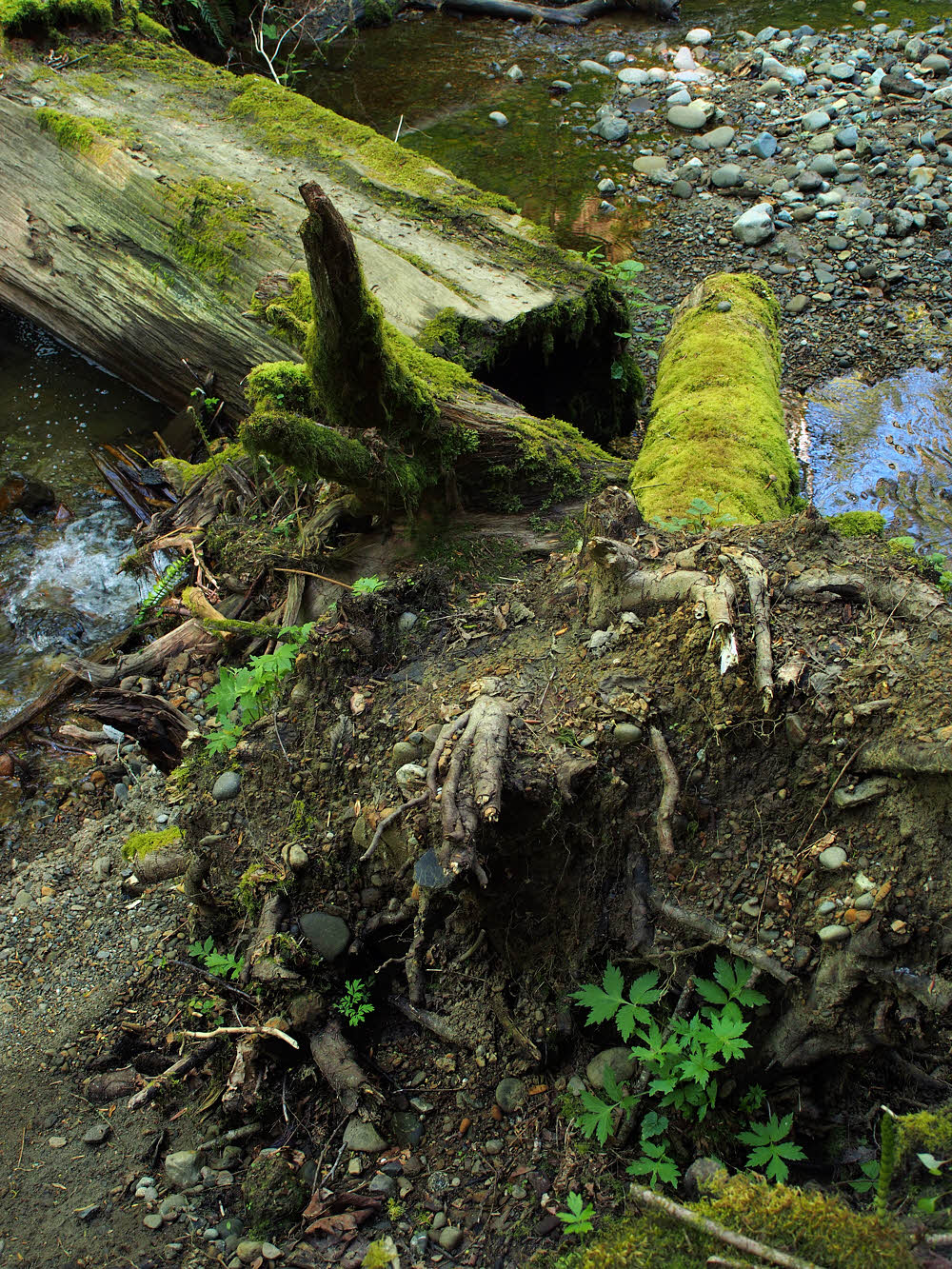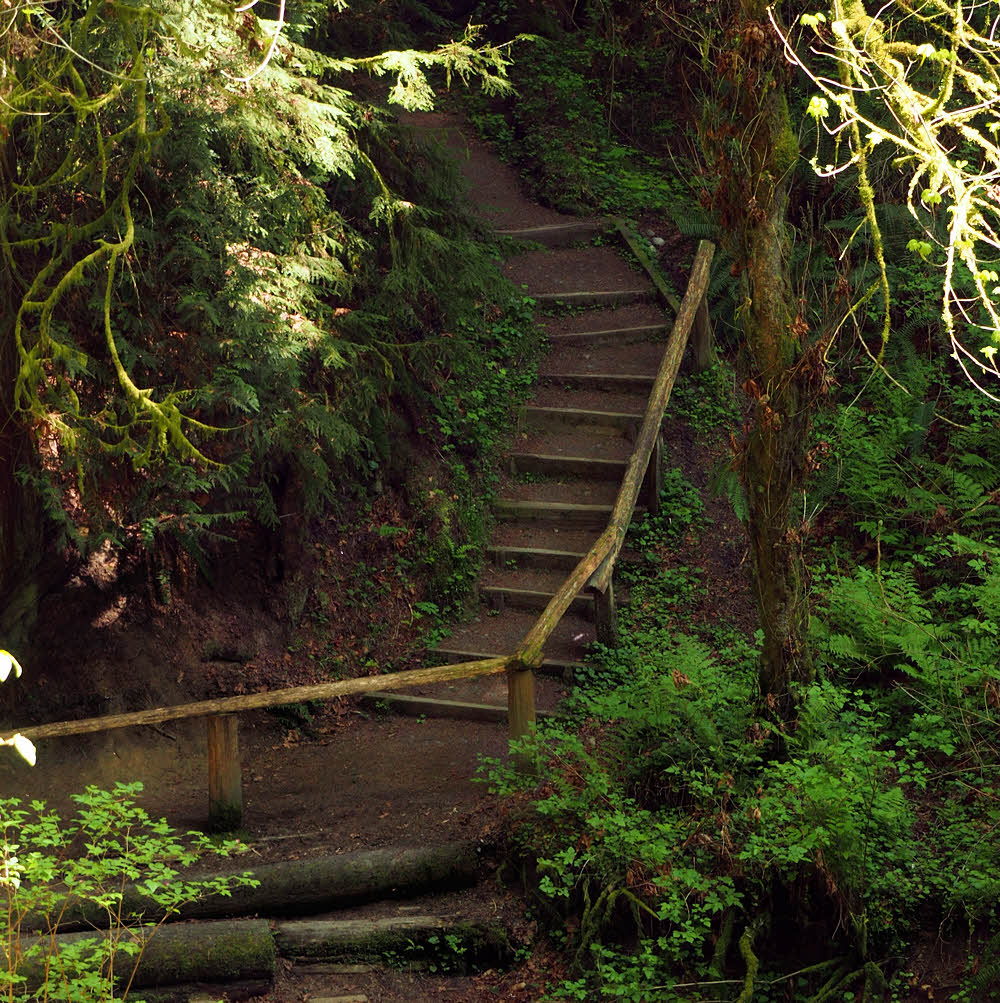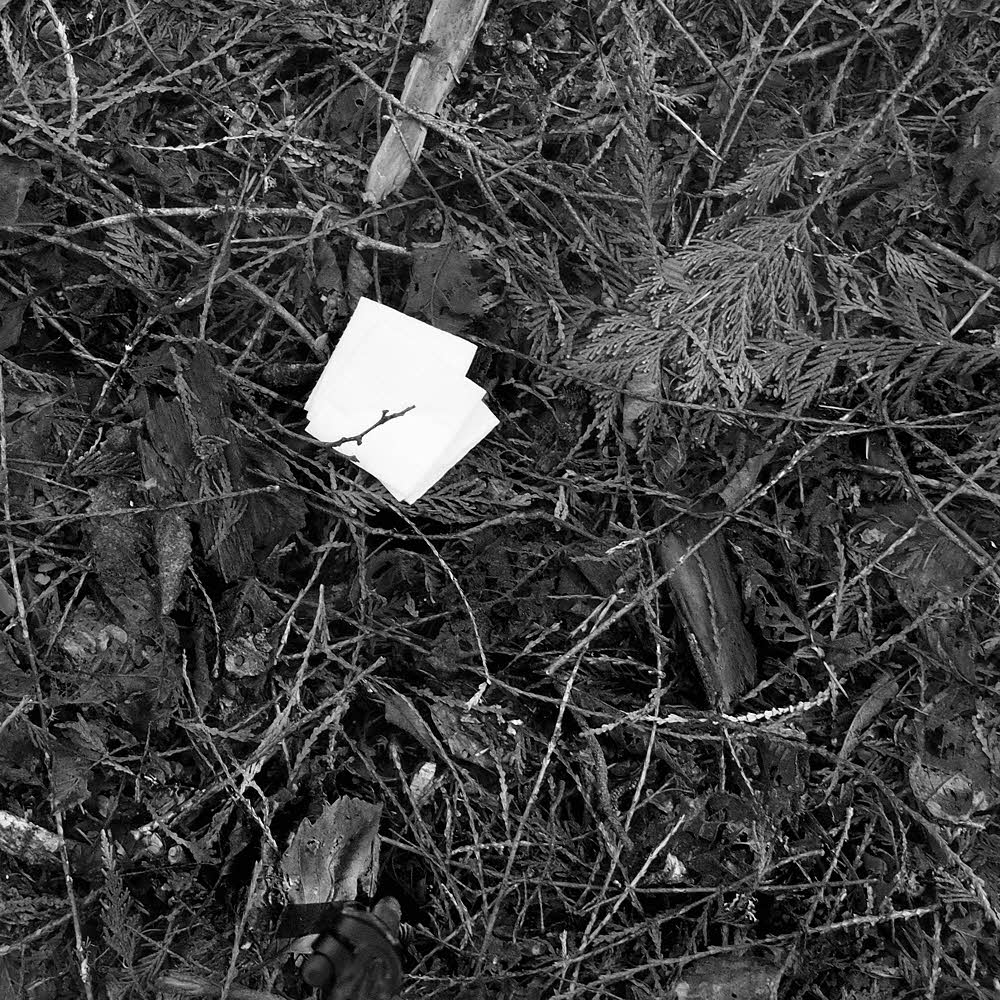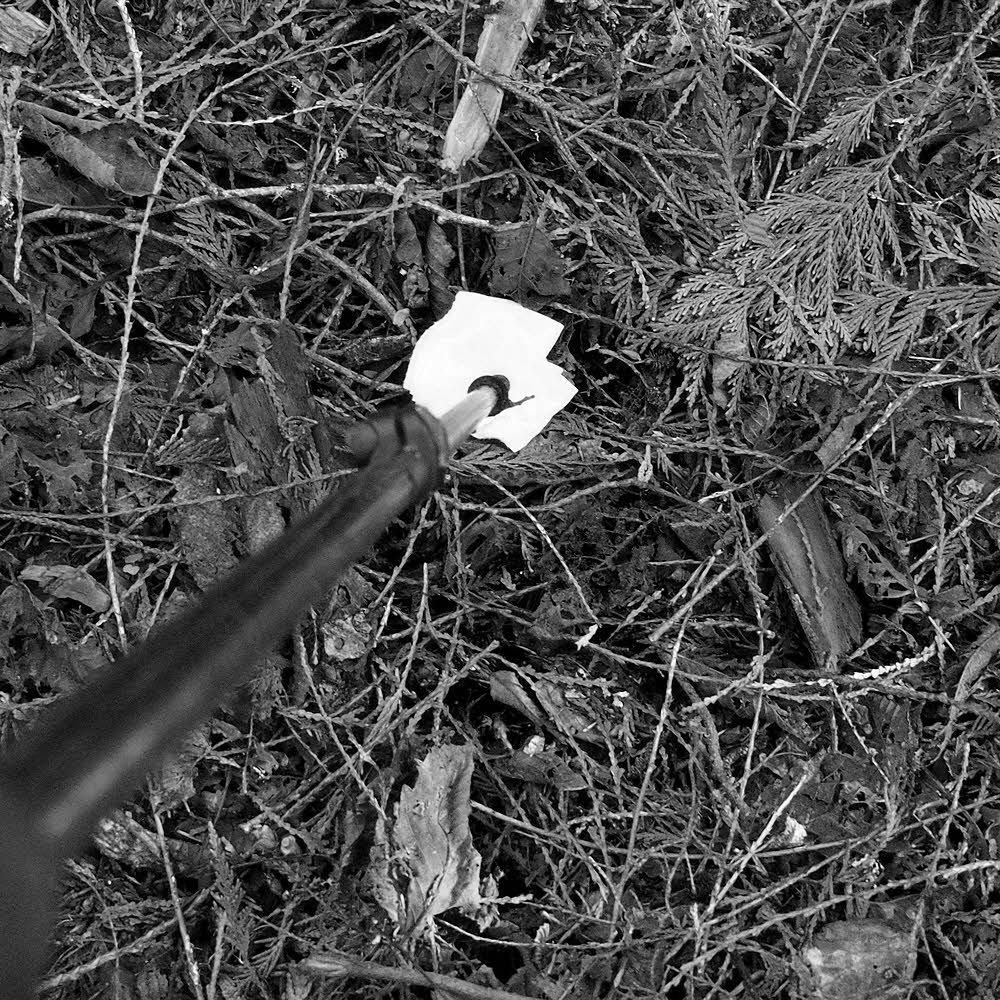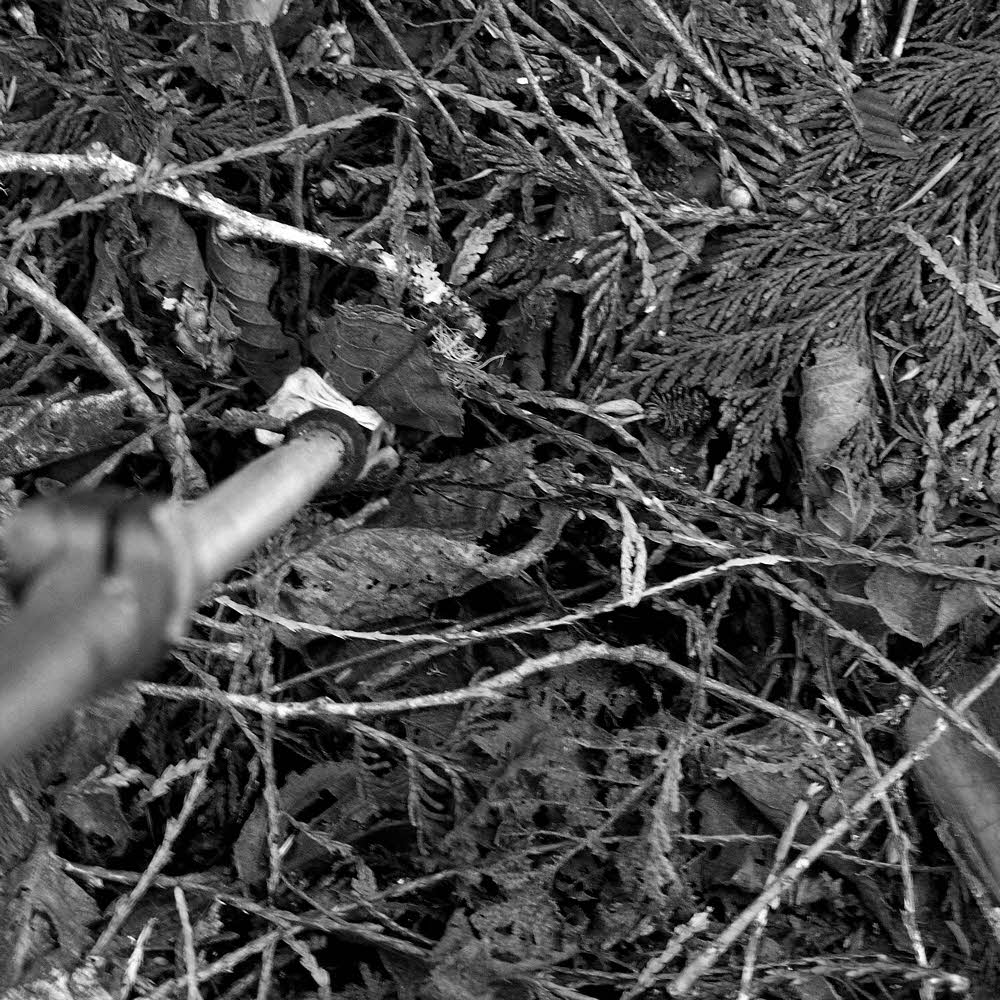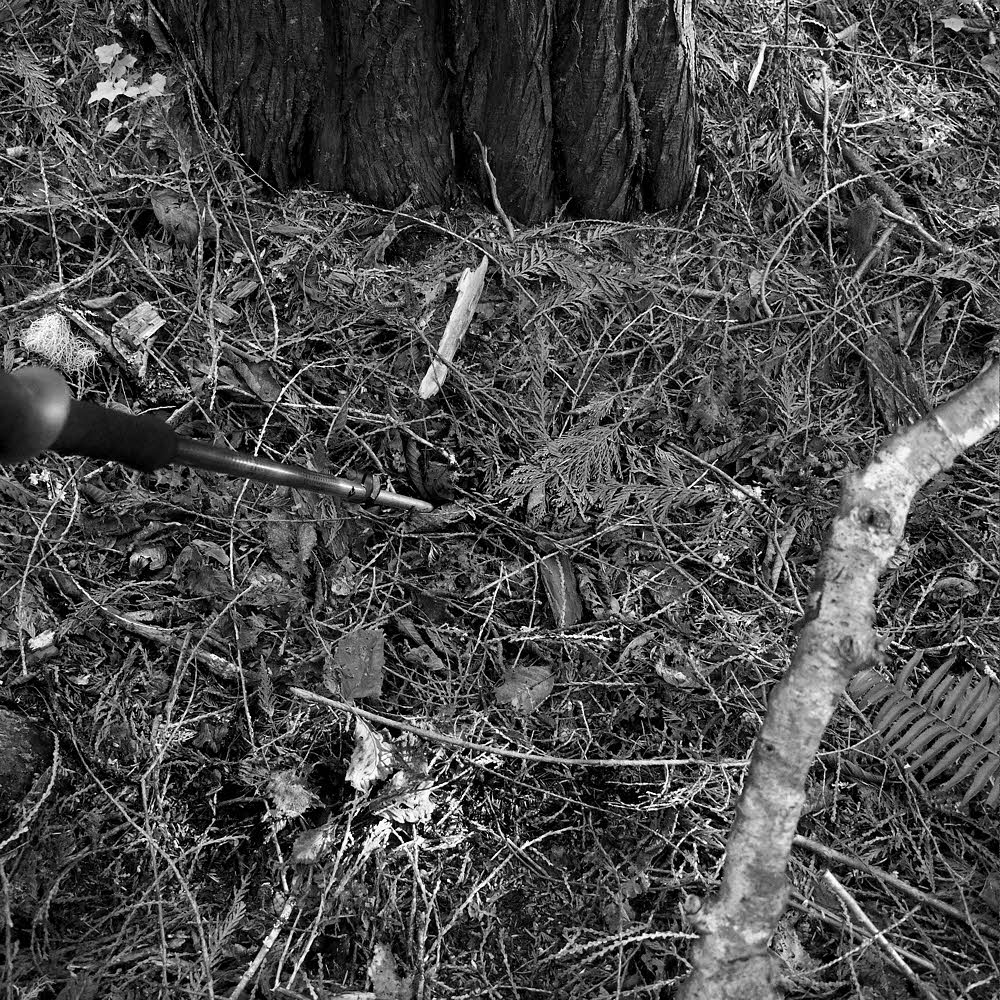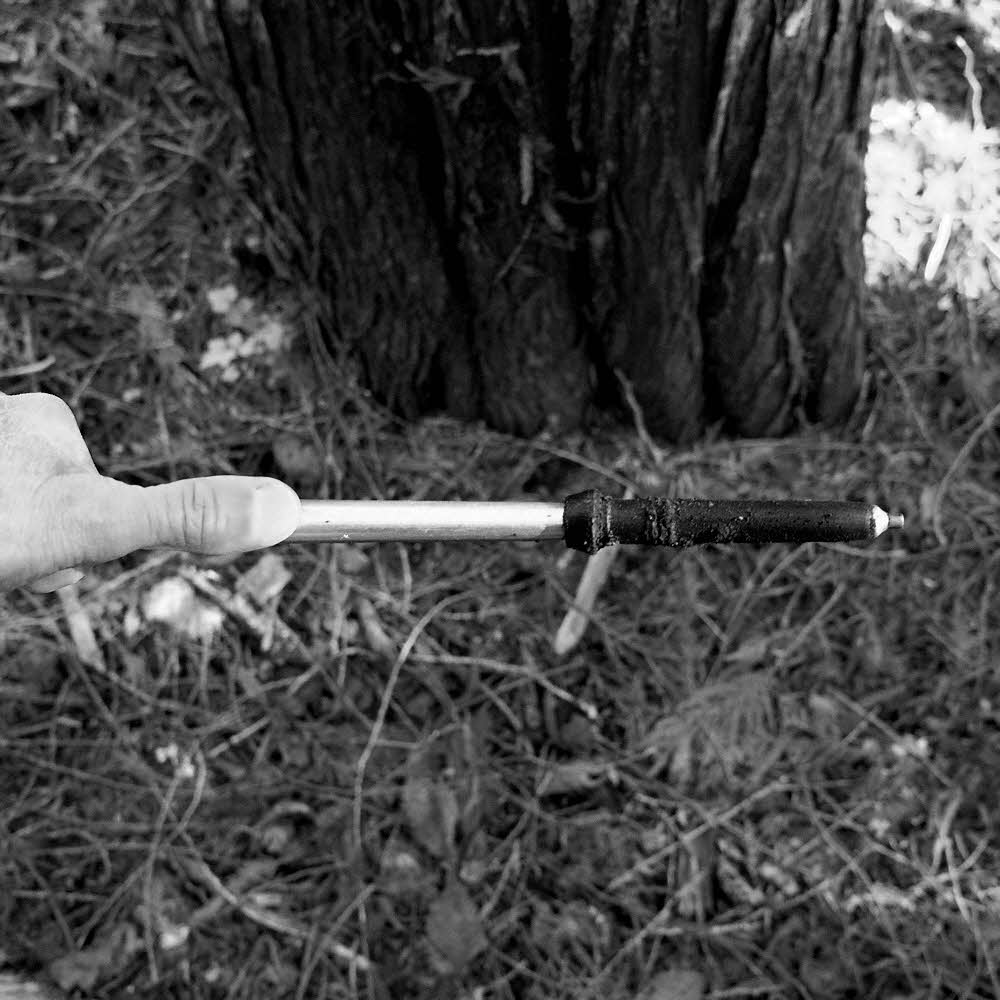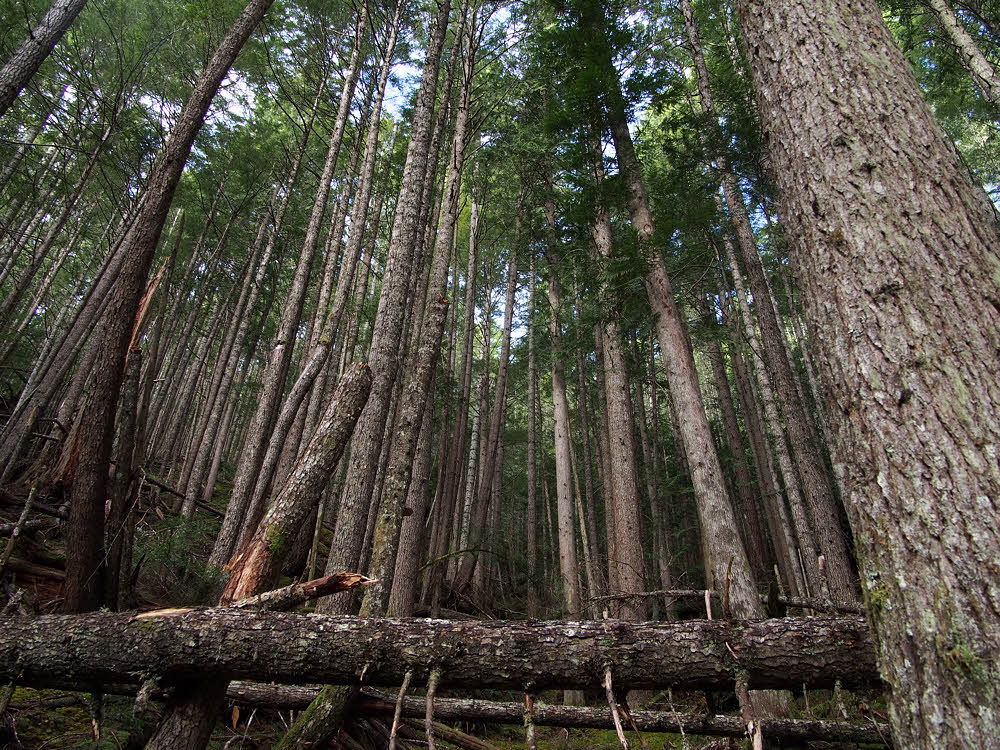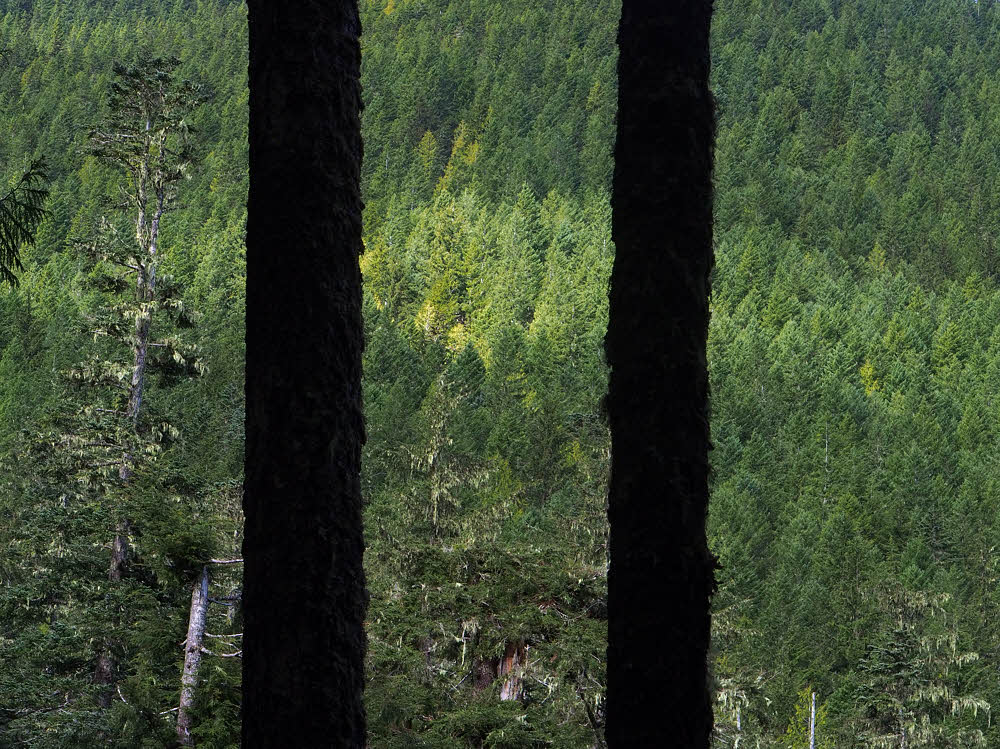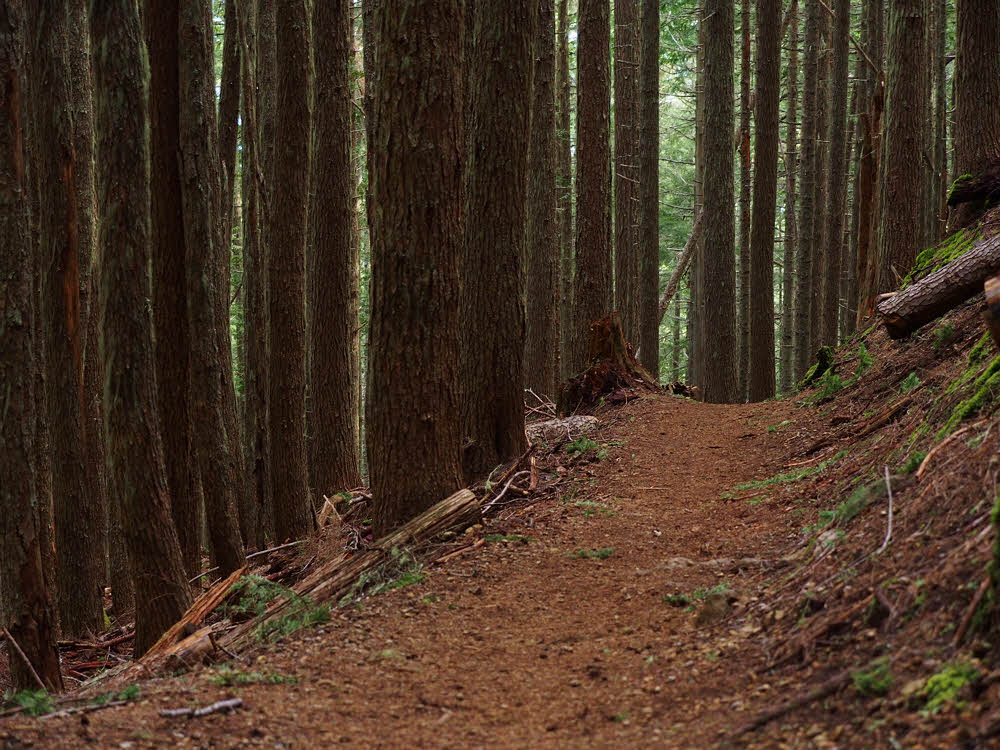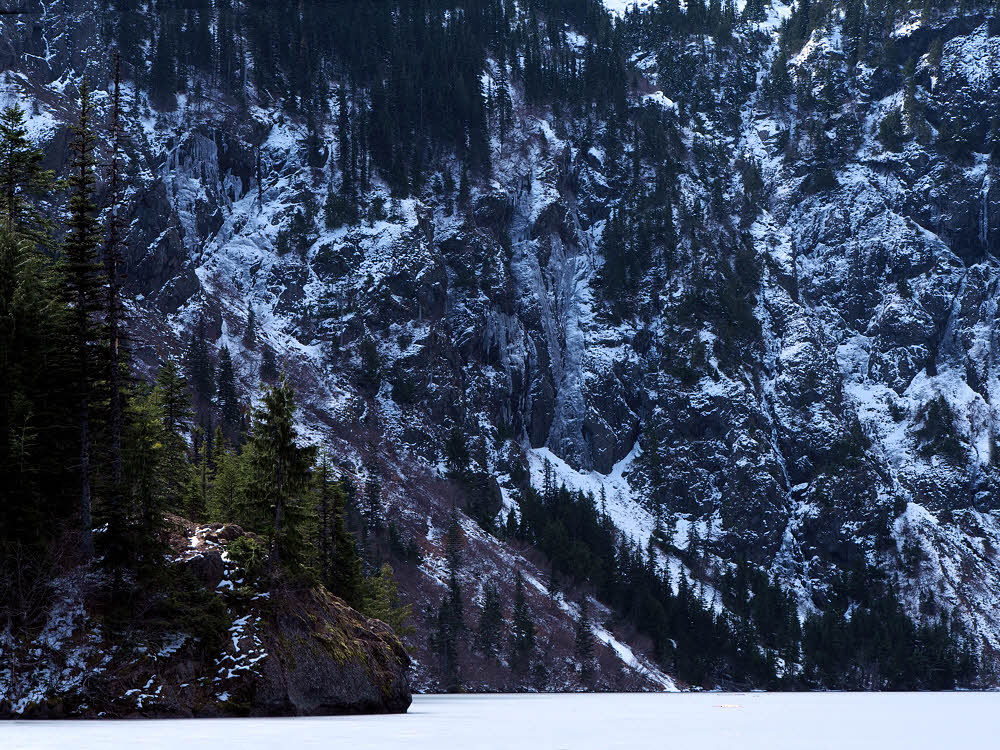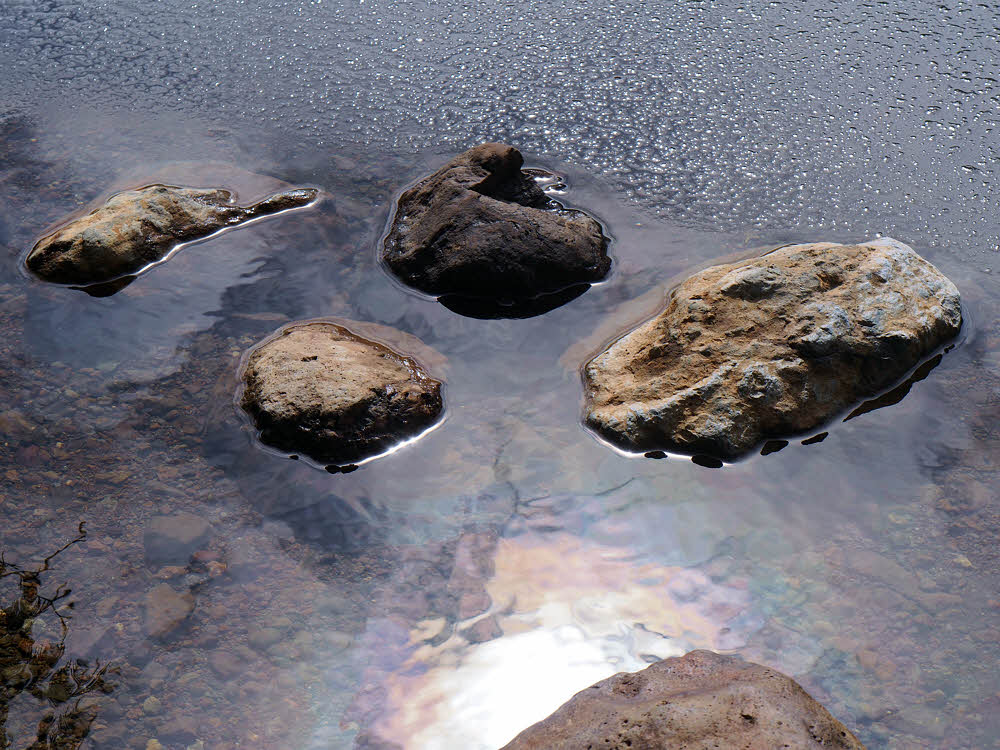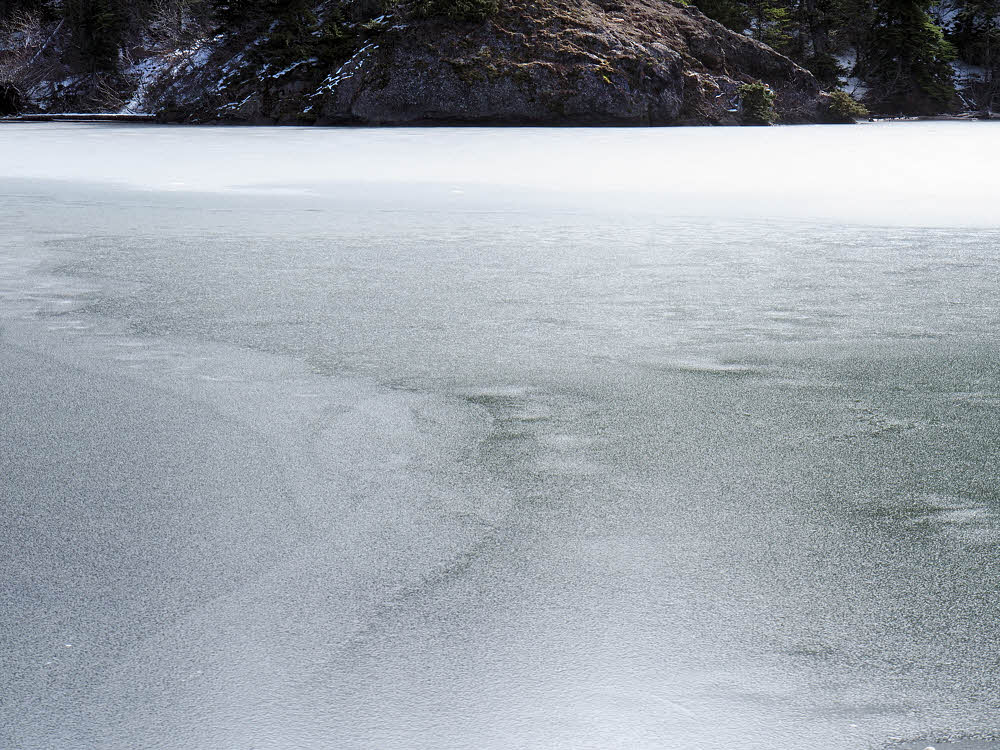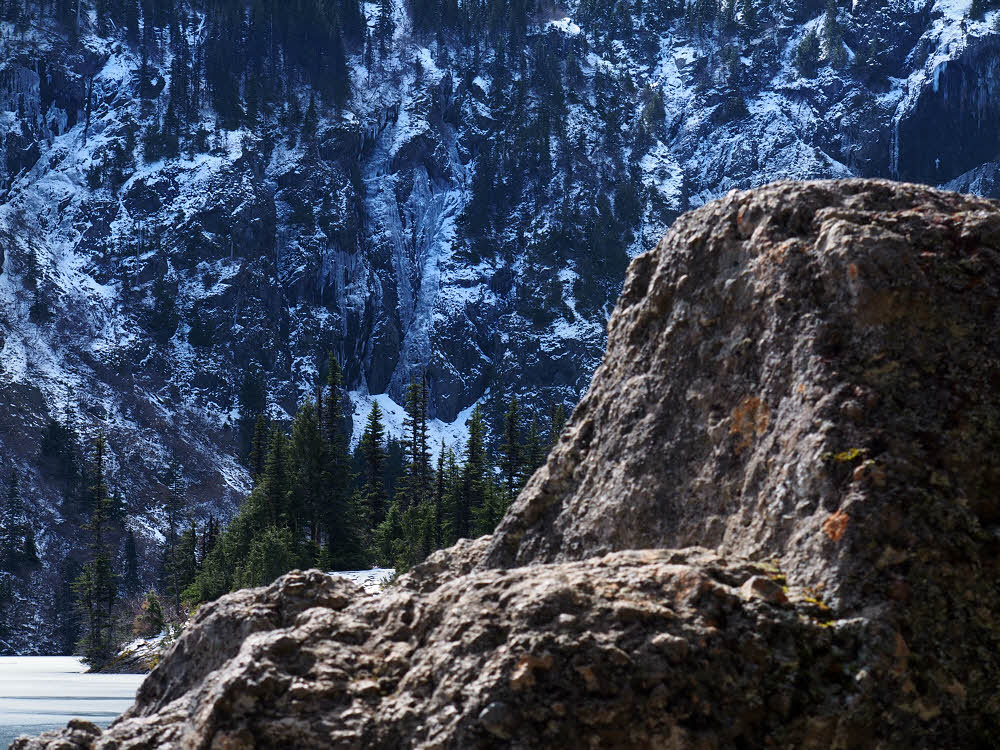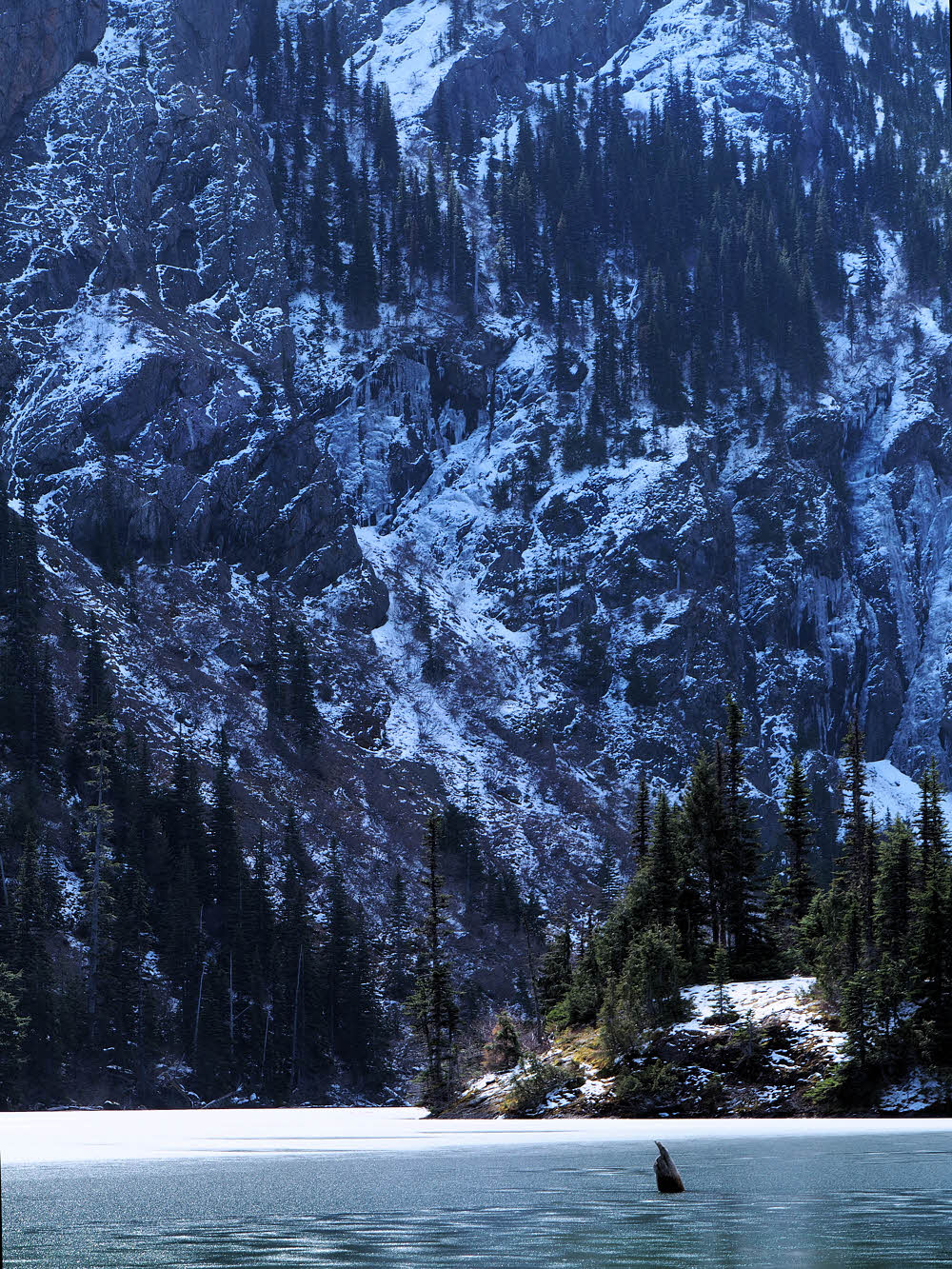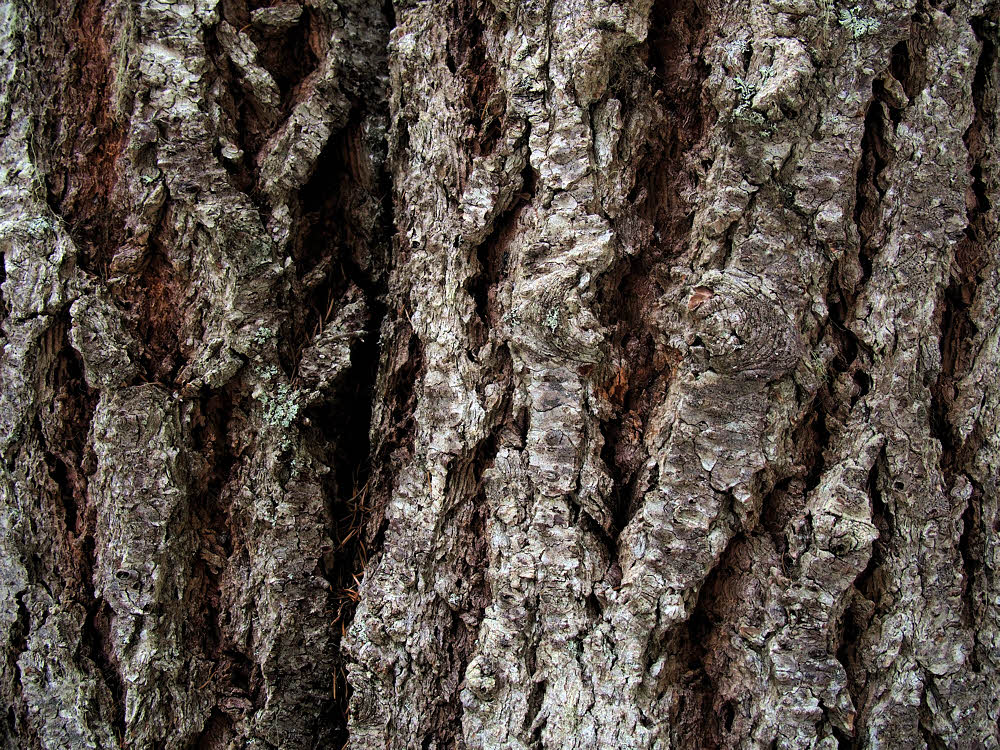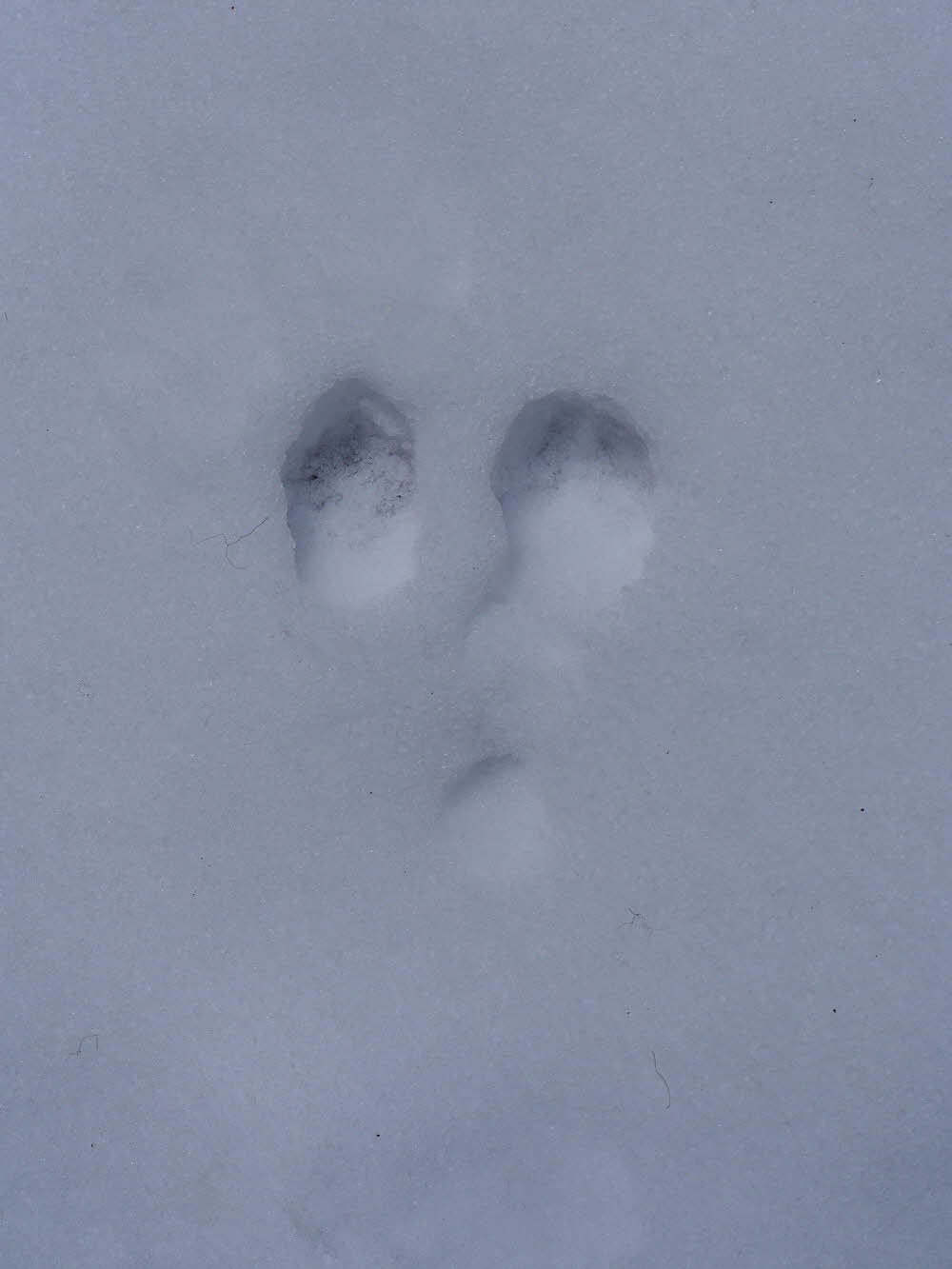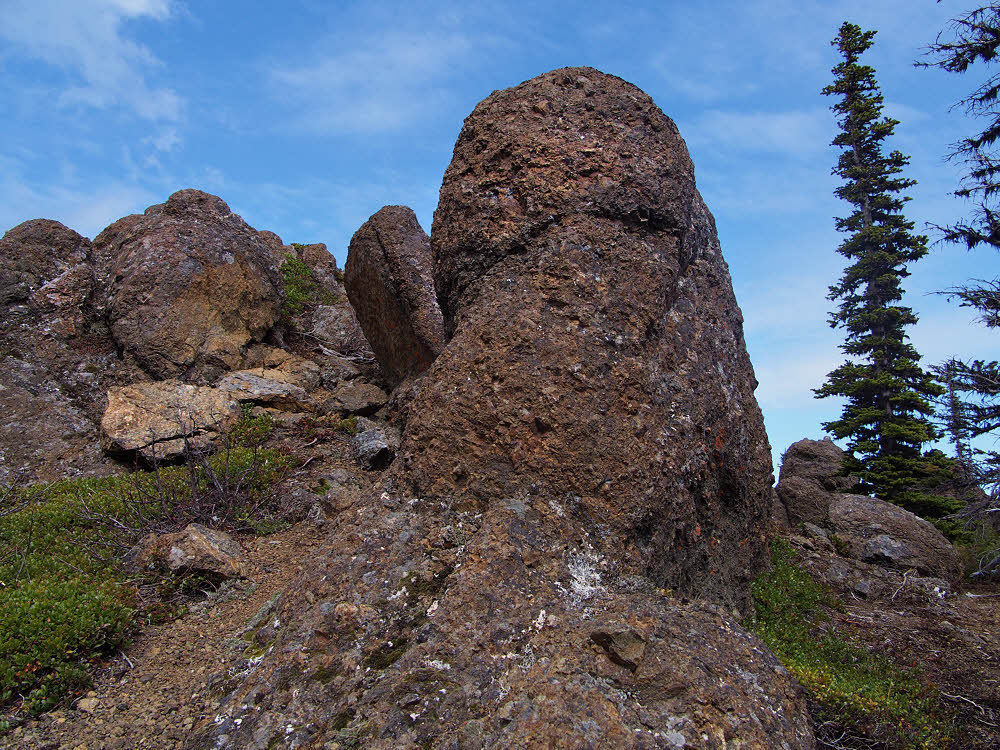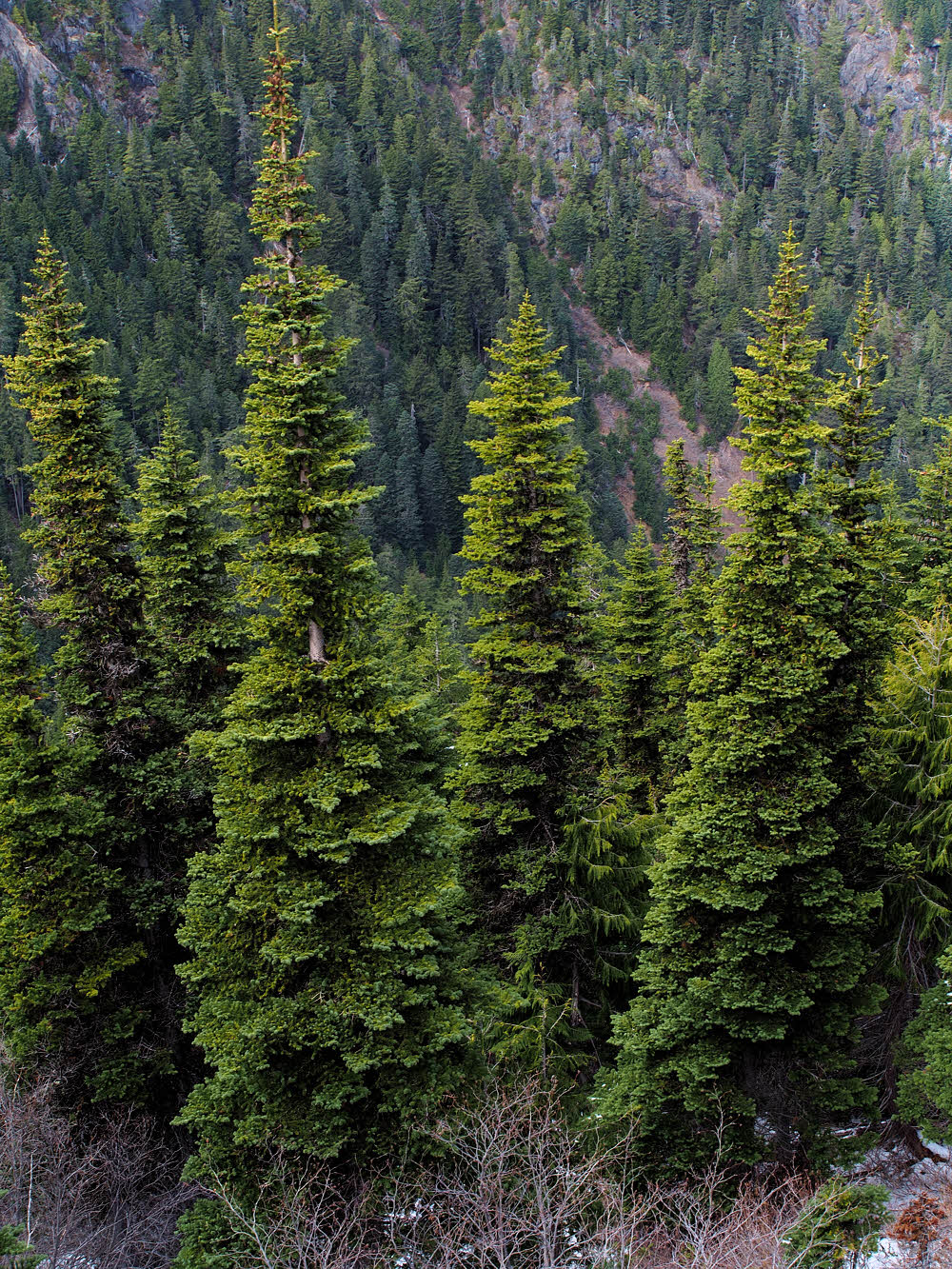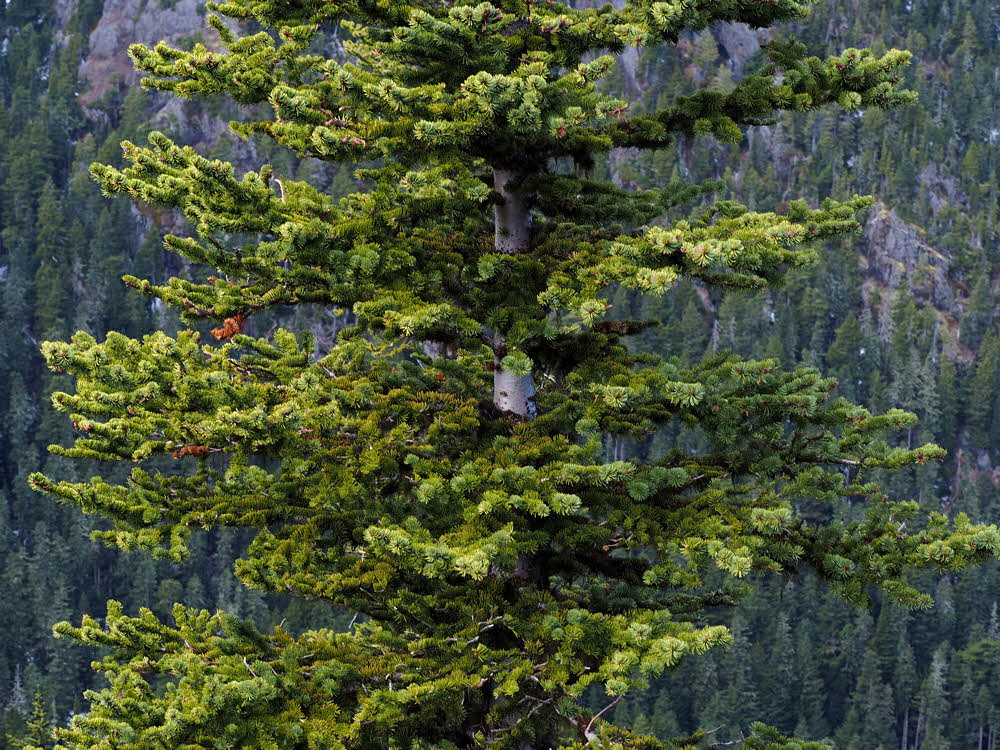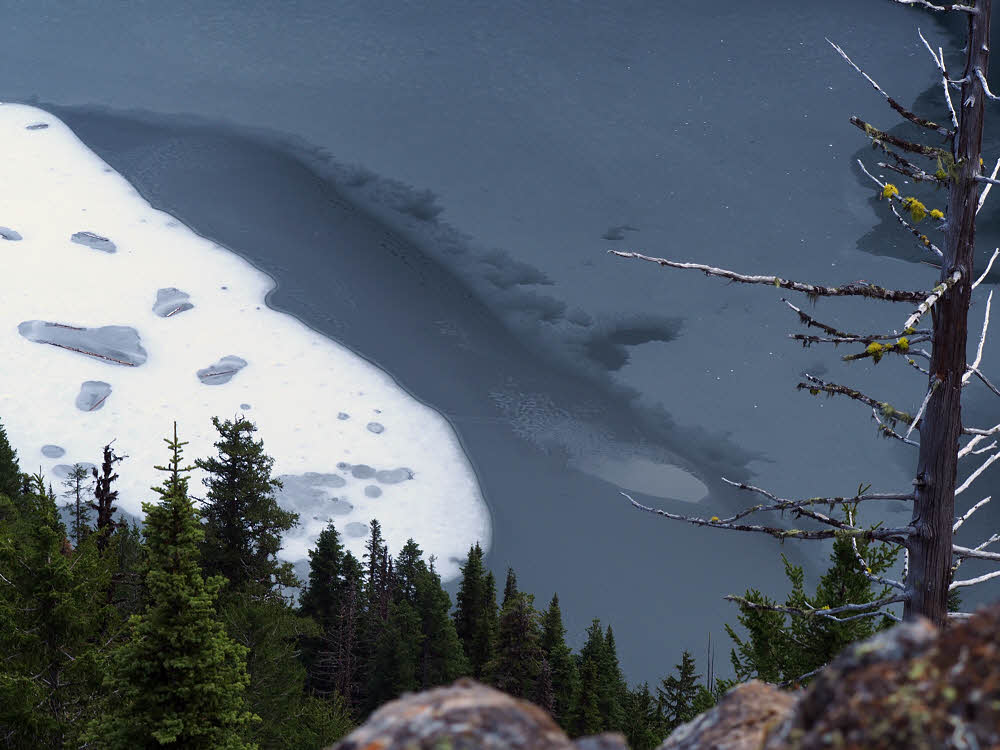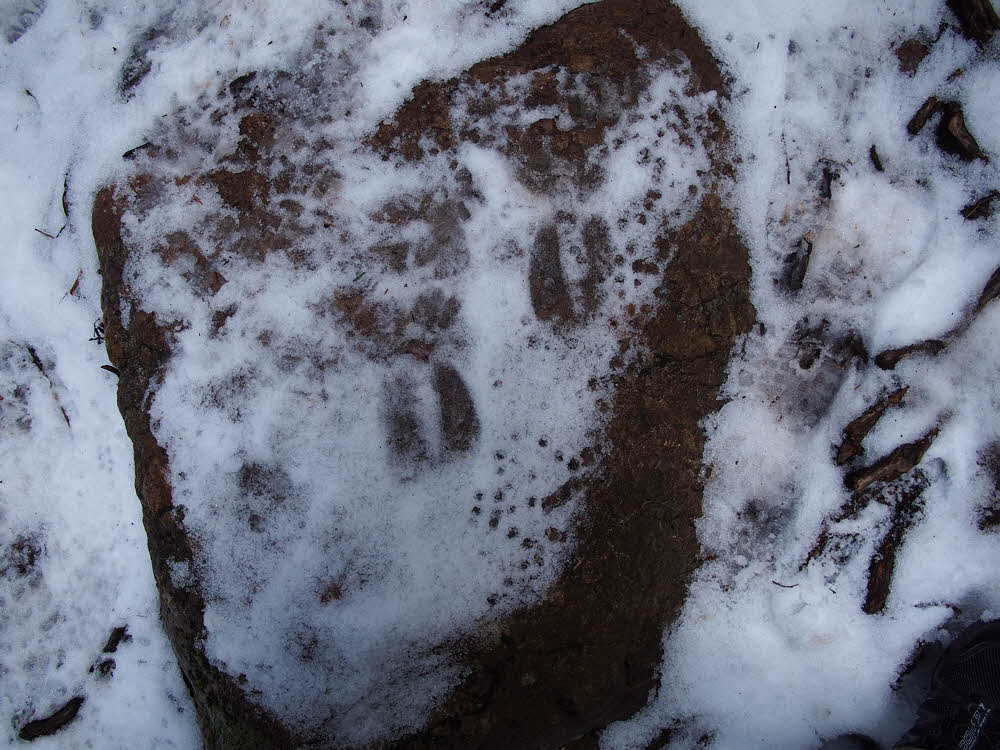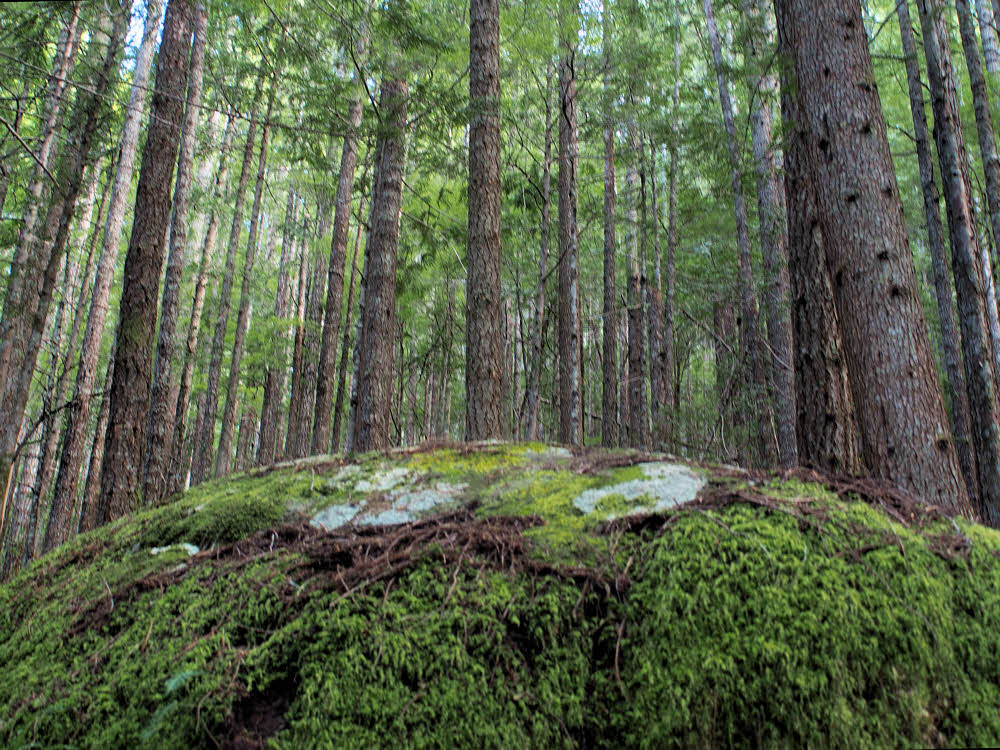Myth #1: Navigation
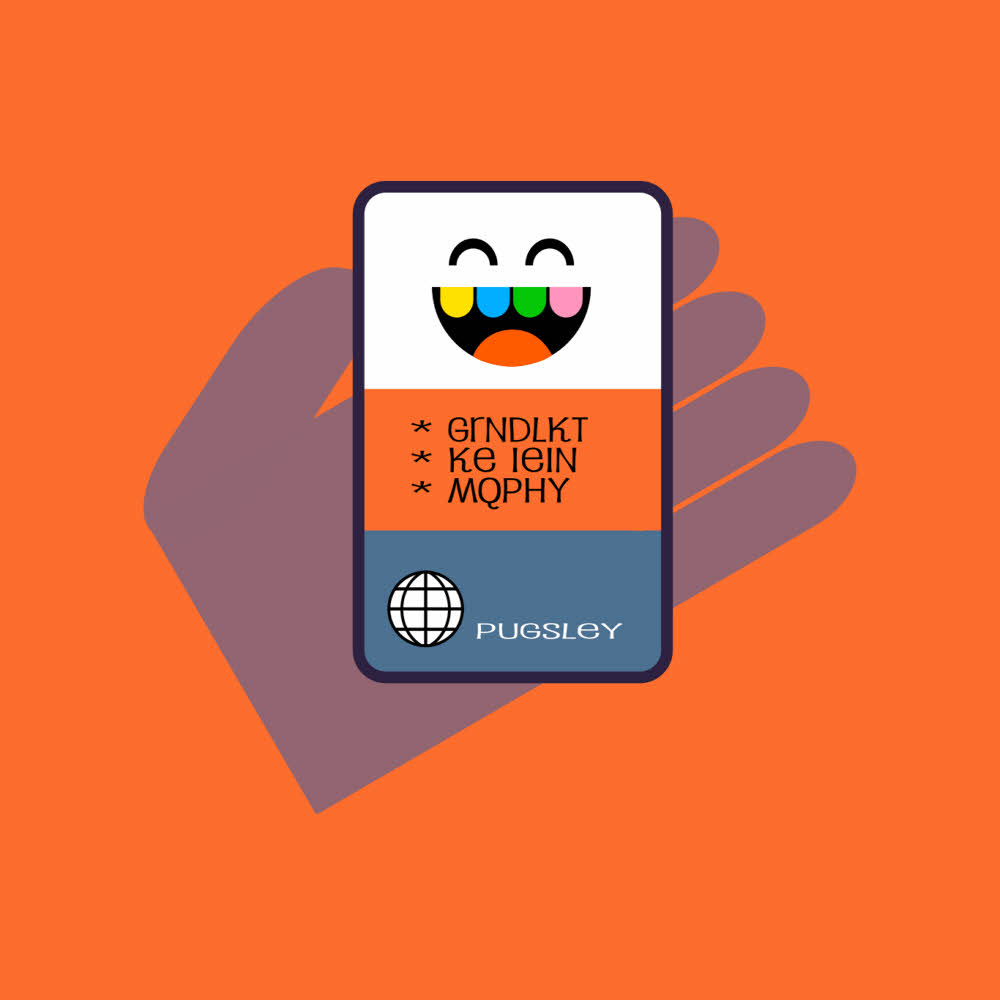
You may have heard of the 10 Essentials, but how often have you used them? No, seriously — in the shower, at work, while you take a nap with the cat? Ever?
Get the drift here? essential is the key word, and if you don't need something to survive, then how essential is it, really?
Personally, I've whittled my list down to three items: beer, cigarettes, and cookies. But I don't smoke any more, so that leaves more room in my pack for beer (on hot days) or cookies (like in the winter when I need more vitamin C). In case you were wondering why I'd need more vitamin C in the winter, I mean C as in chocolate. Screw that other stuff that you get from orange juice. I consider it just another industrial chemical.
So WTF as all the kool kidz say — where are we going with this?
Hiking, Dick. Hiking. And when you go hiking you can leave out lots of stuff. It's the quickest way to ultralightness ever.
Number One on our list of things to scrutinize is Navigation. And the rule is...don't sweat it. It's cool. No matter where you go, there you are, so it's only a head game you play with yourself if you start getting into that whole goal-oriented uptight location crap.
If you don't have some krypto-fascist plan on getting somewhere, then you can mellow out, and hiking actually gets close to being fun.
Let's be mellow then.
The Classic 10 Essentials List has a Map as number one. The New Age essentials list (which contains 10 or 13 items, or maybe some random number out to 11 decimal places) takes what is known as a systems approach and says that Navigation is what you want. Instead of just a Map.
'K then. Want to navigate away?
If so, you'll need a topographic map, and some other "assorted" maps, and a waterproof container to put them in, and a magnetic compass, and an (optional) altimeter and/or GPS receiver.
All so very fine, until you say again — WTF?
When I started backpacking I could get a dandy paper map for about $2.50, which was a lot of money. I thought. Then. I think it's six bucks these days.
And now, if six bucks wasn't bad enough, we're looking at a Garmin Monterra GPS for $650 green ones. Granted, it has "a brilliant 4 in. screen, 8-megapixel camera and wireless Android compatibility", and supposedly "delivers state-of-the-art navigation alongside all your favorite Android apps from Google Play", but what's wrong with a paper map and some after-supper masturbation instead of whatever pale imitation of fun that Google Play offers?
I mean, hey. The analog life was fine, so what changed then?
I'm still analog. I still have analog needs. I can amuse myself for hours by watching clouds, and if it's a clear evening with no clouds, then swatting flies and mosquitoes is more than enough to occupy me. I don't need no stinkin' Androids lurking in the background.
But maybe you think you do. Maybe.
But maybe you're a dope.
What used to be a map and a rough-hewn ability to figure out which way was approximately north is now a system. You got
- Map.
- Compass.
- Wrist altimeter.
- GPS thing.
- Calculations.
- Need for wads of cash.
- Fear of doing some thinking.
How much of this is essential? Really? Really essential?
Probably color vision couldn't hurt. I got a problem there. Those Forest Service maps with the thin red line showing the trail send me into map-shredding frenzies because I can't see the damn line. And I lived despite all that, so screw altimeters and GPS, whatever the hell that's supposed to be, and Androids, and even maps.
You got any brains at all, you know about where you are and which way is home. Got doubt nibbling at your nuts, go suck a thumb. Then stick it up in the air and that'll tell you which way the wind is blowing, if you need to know that.
Then walk.
You'll either get where you're going or not. Either is fine.
No one but you really cares anyway.


